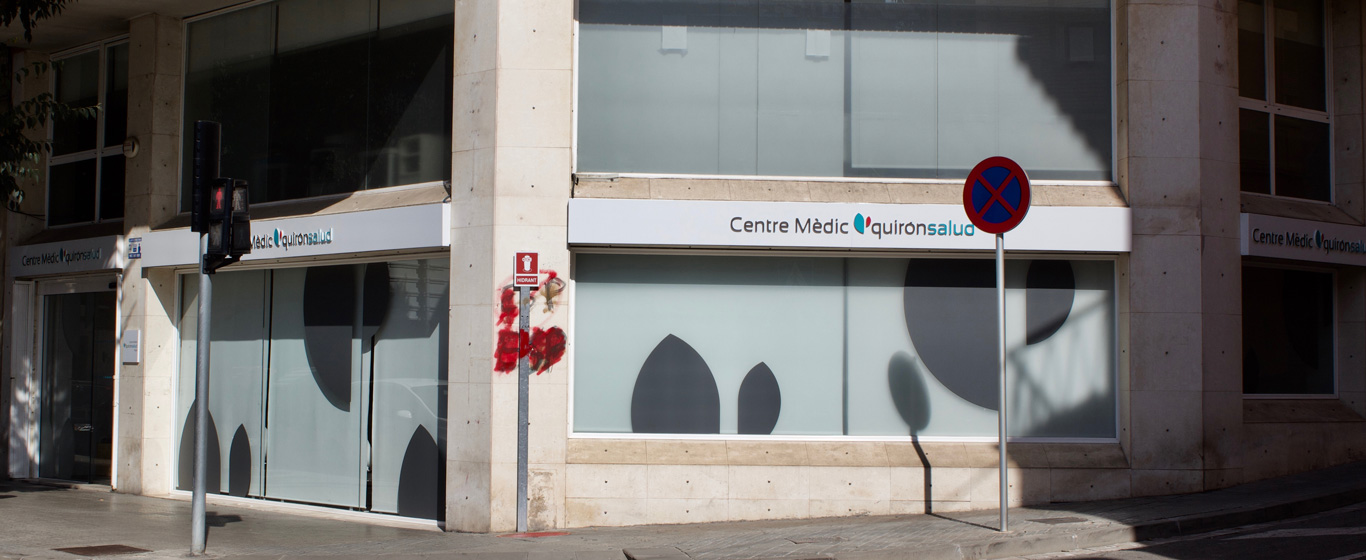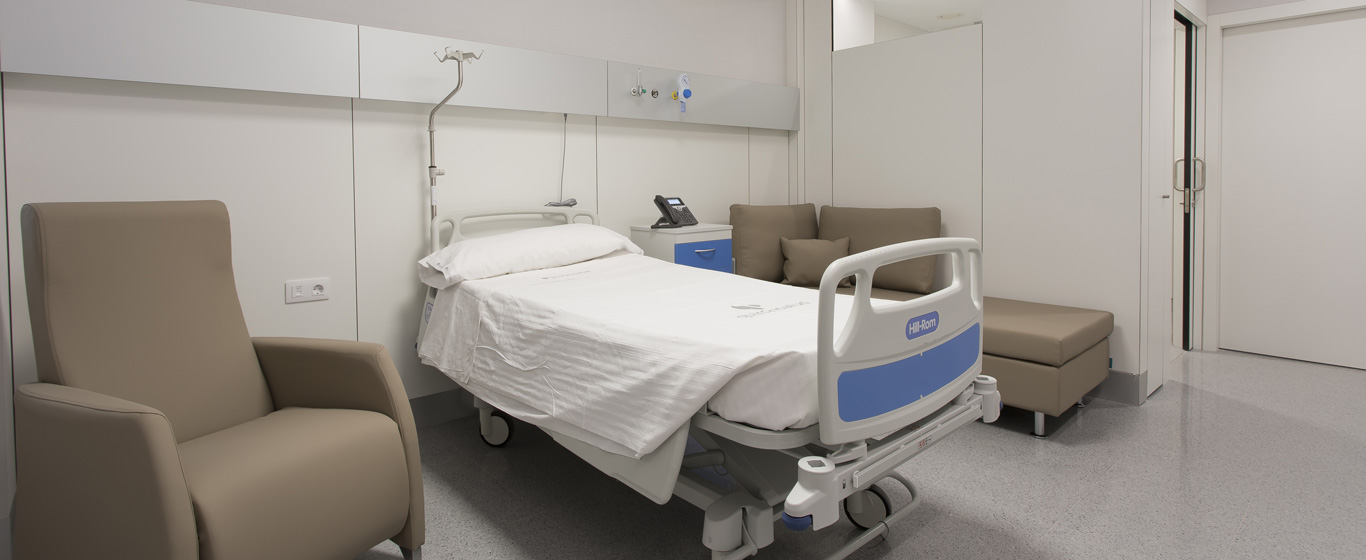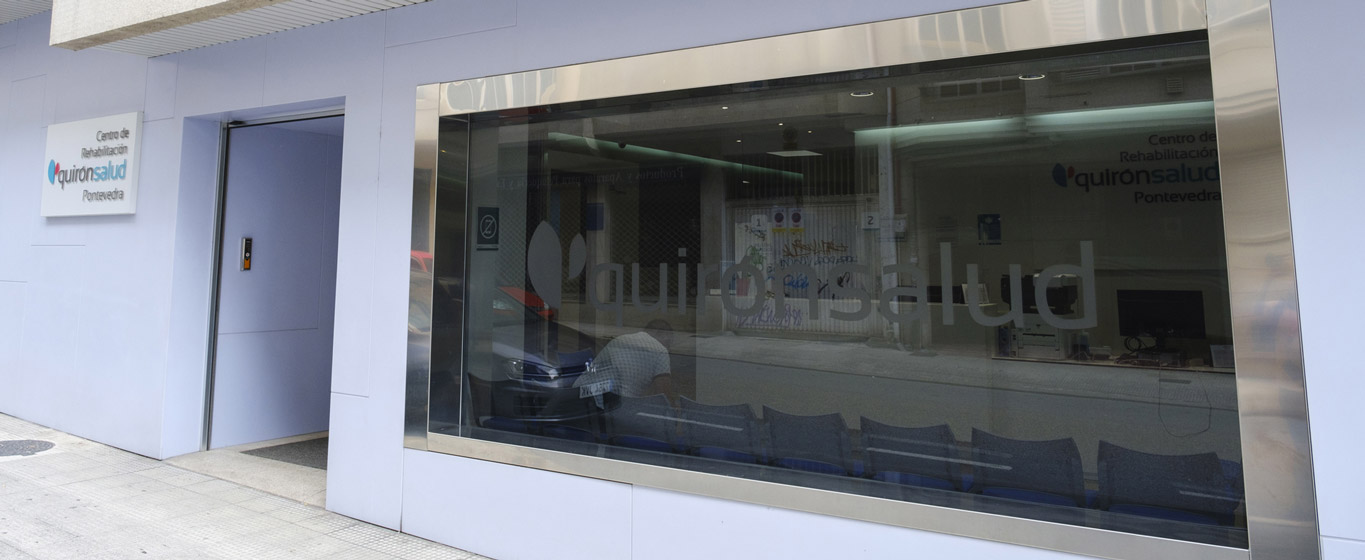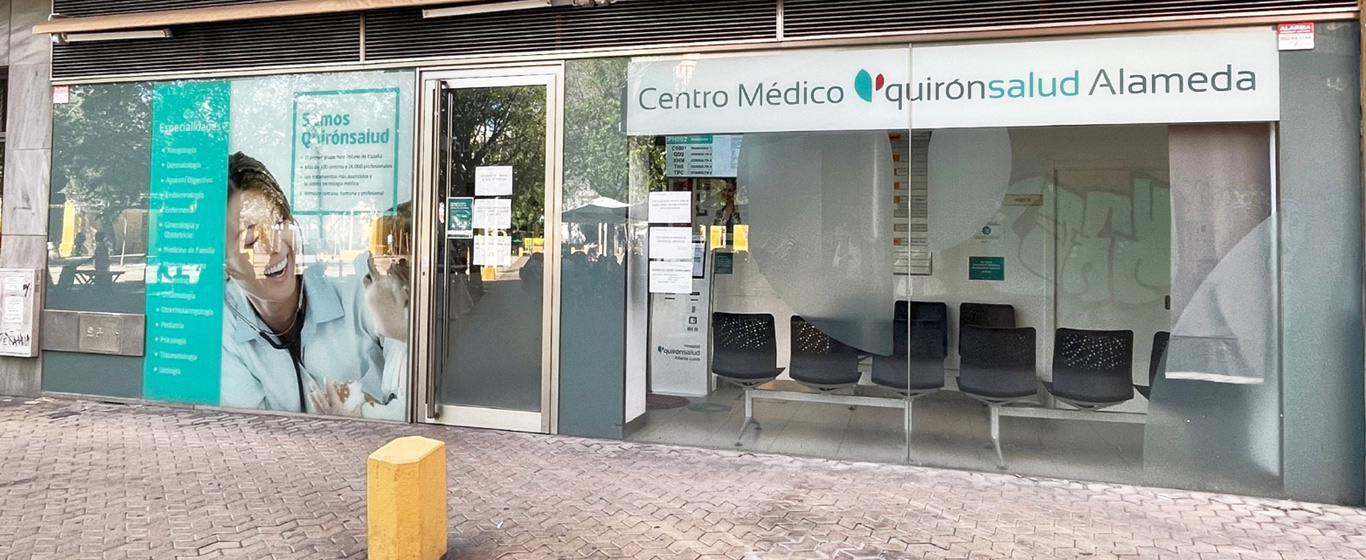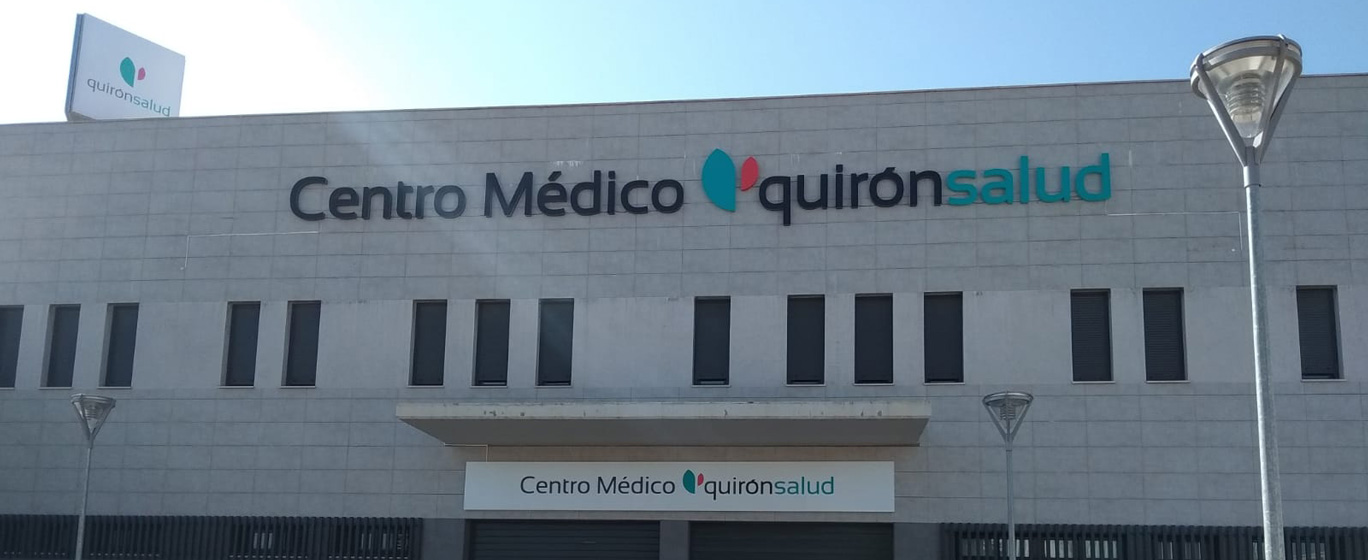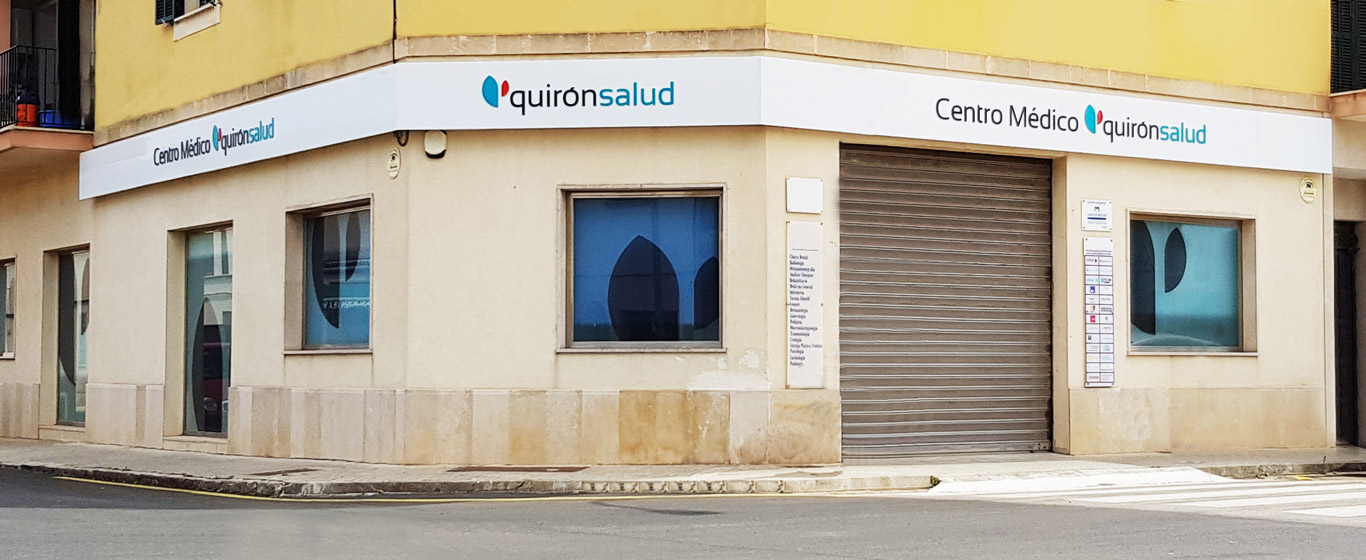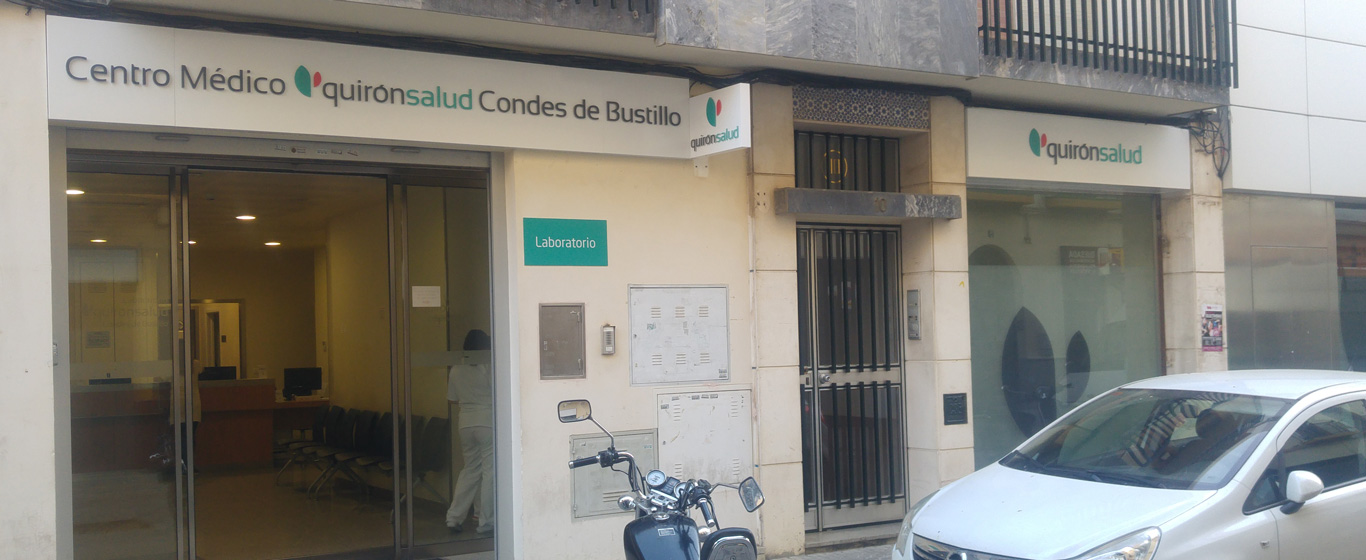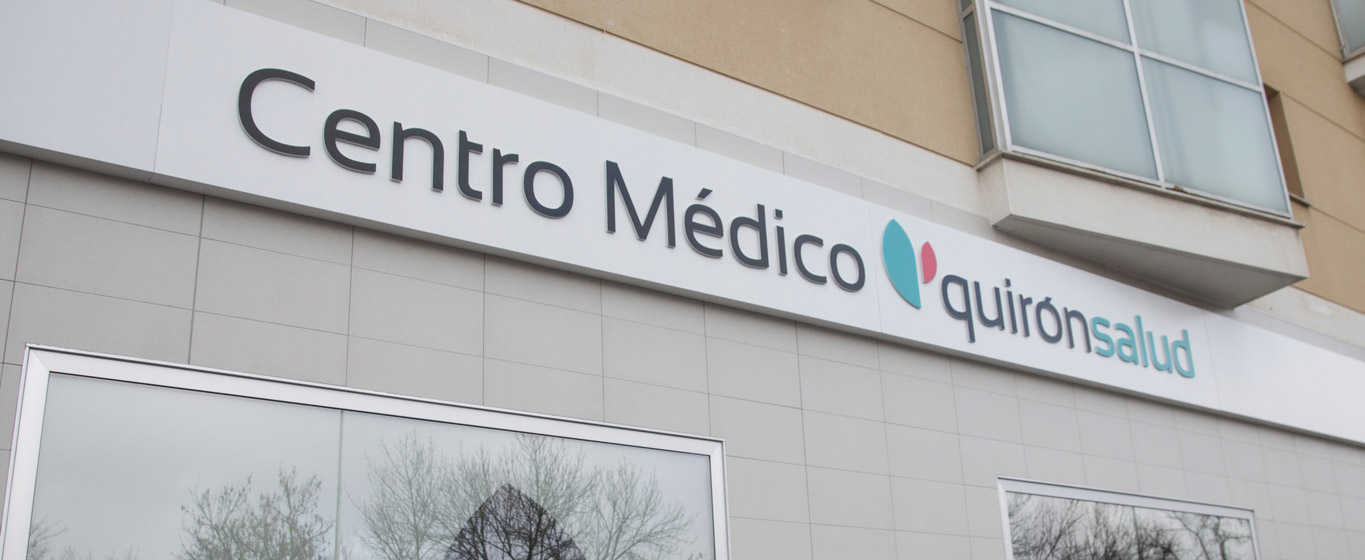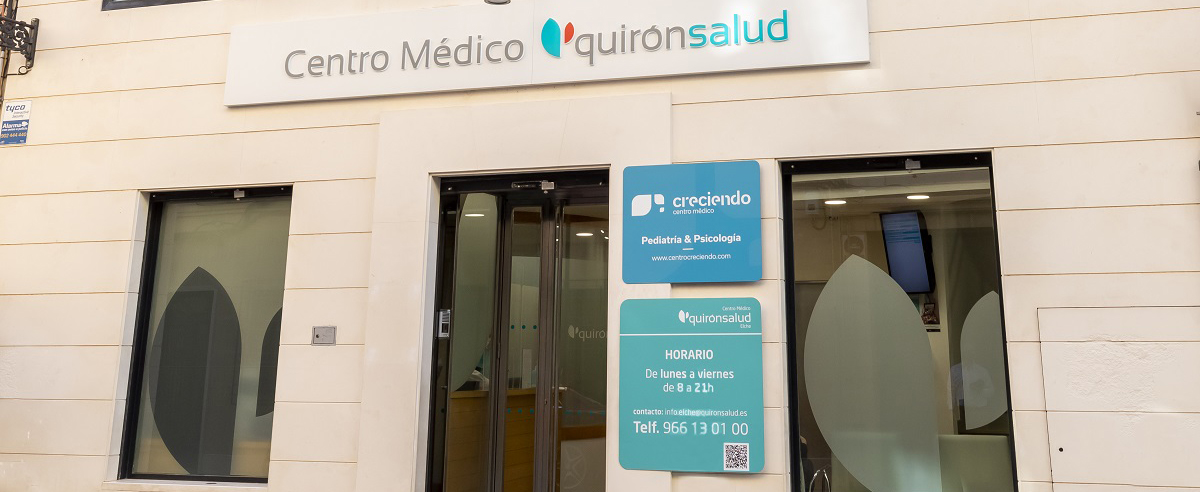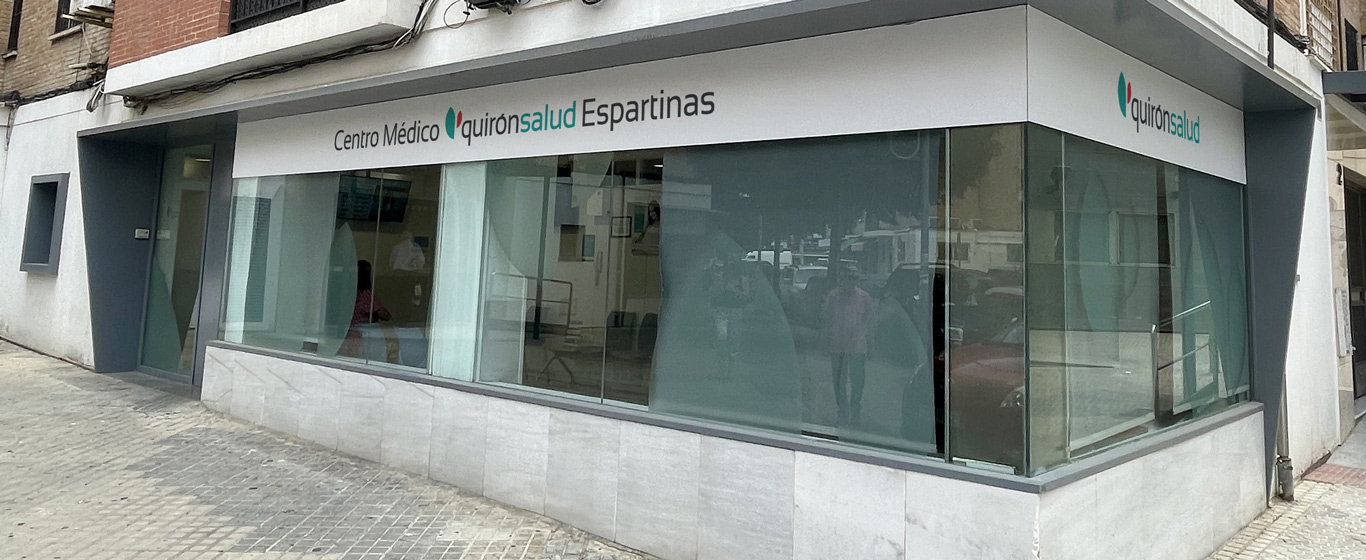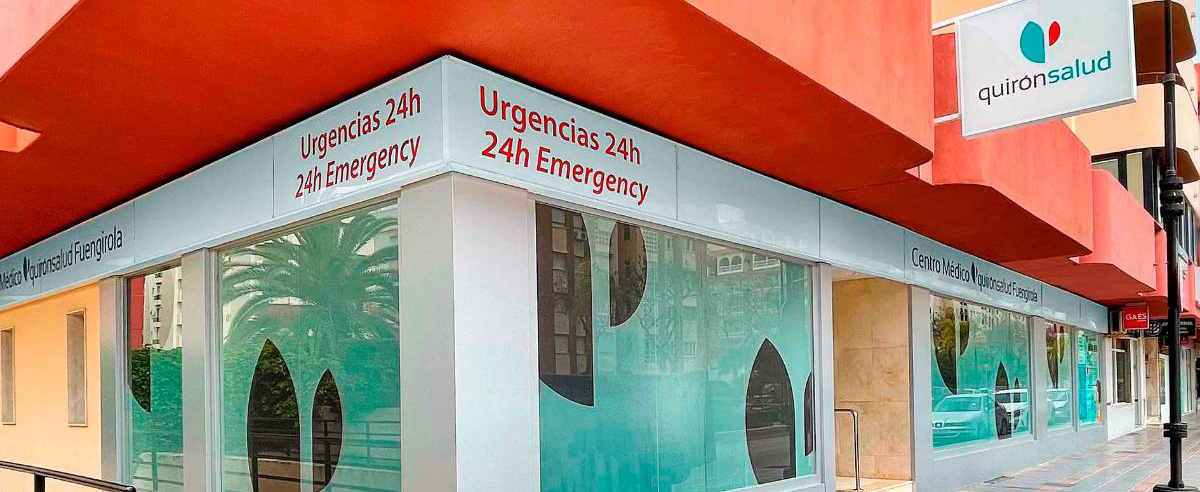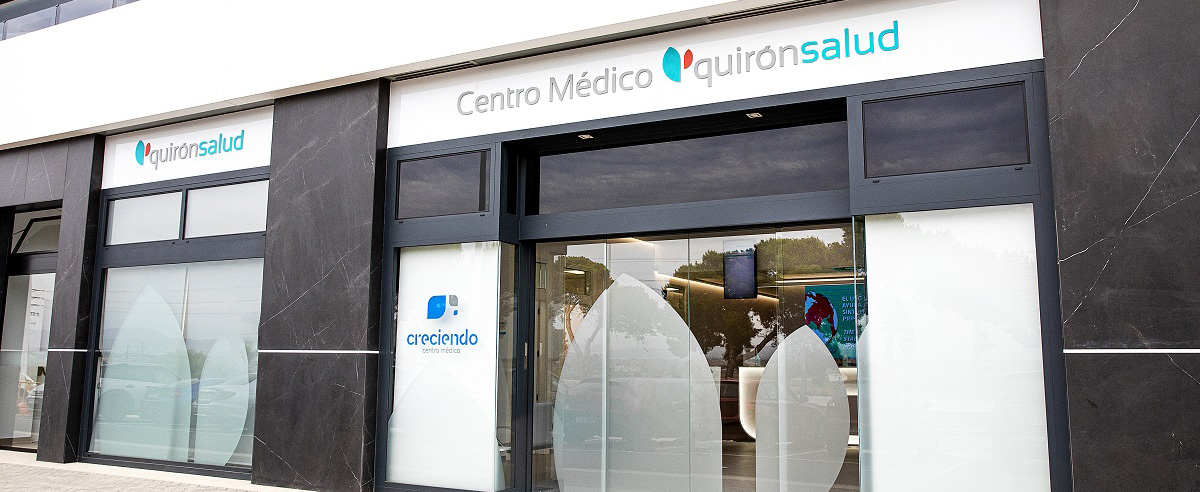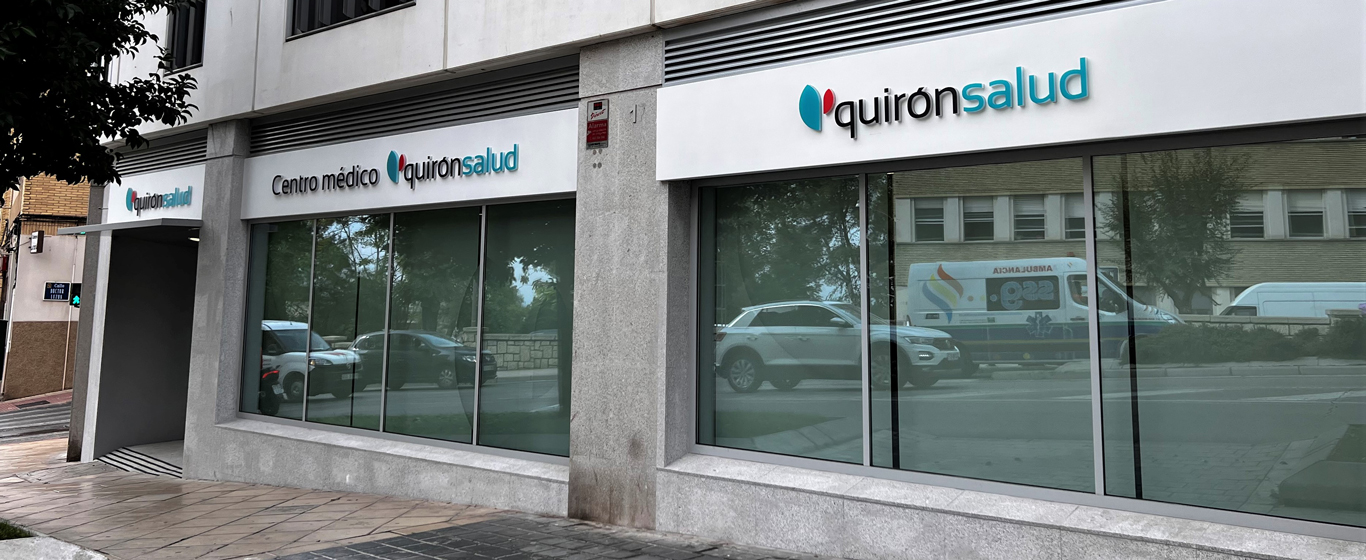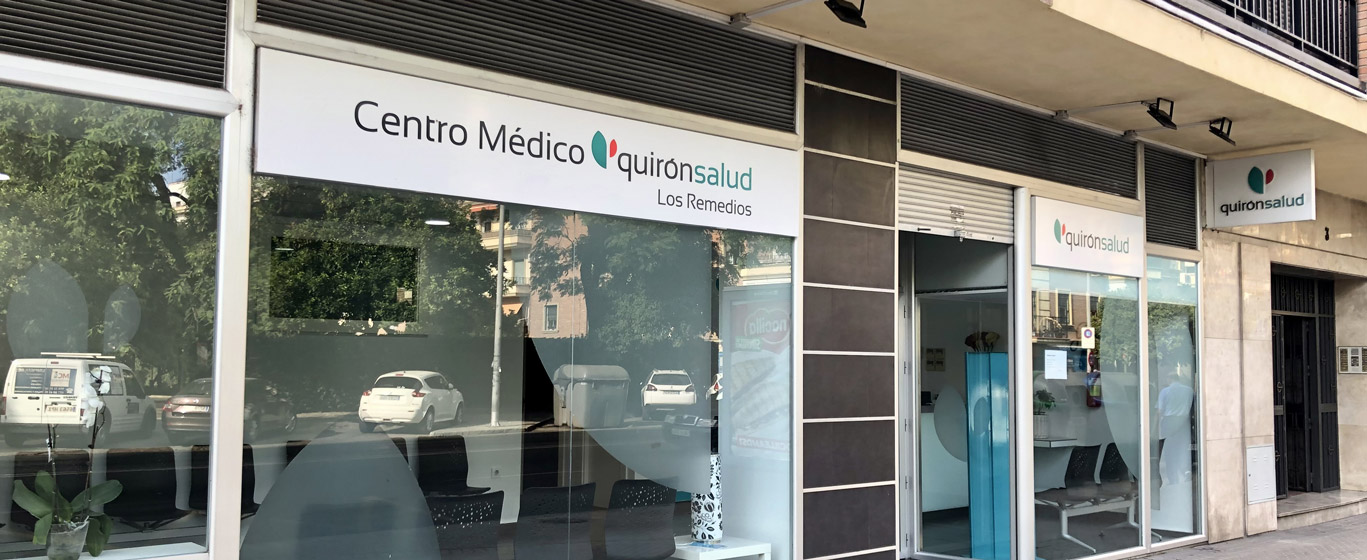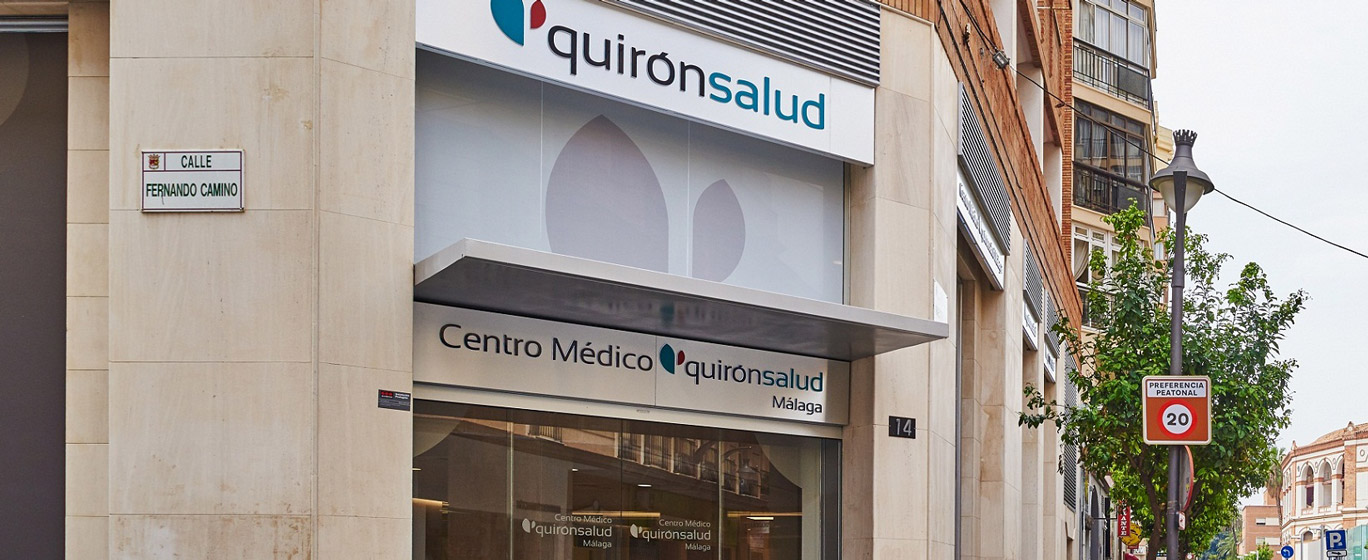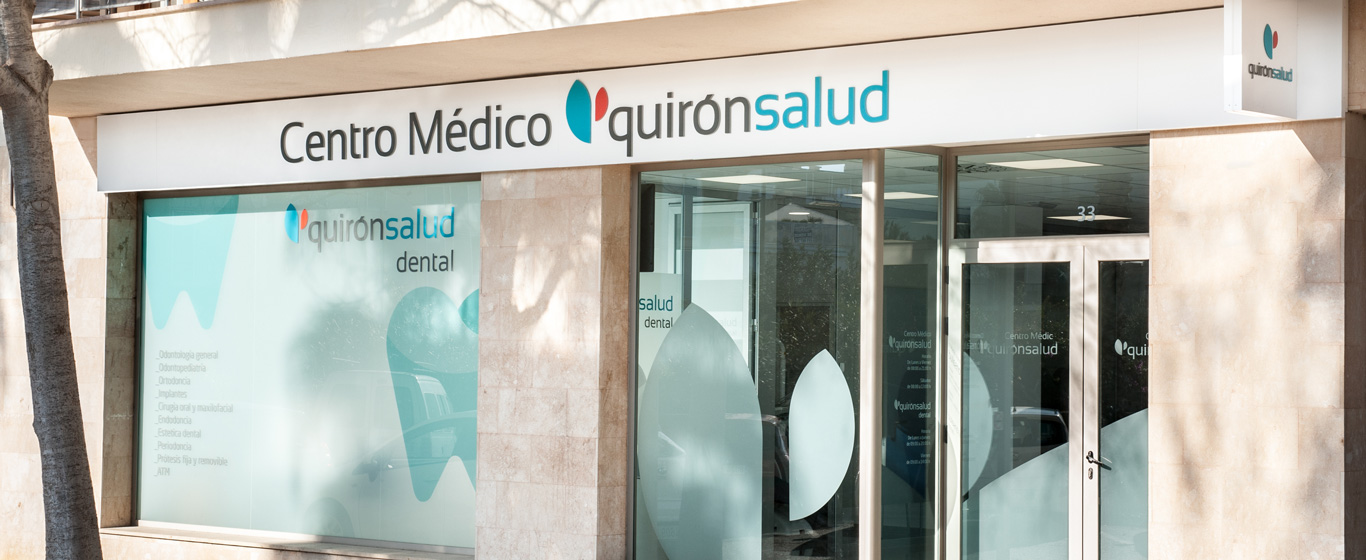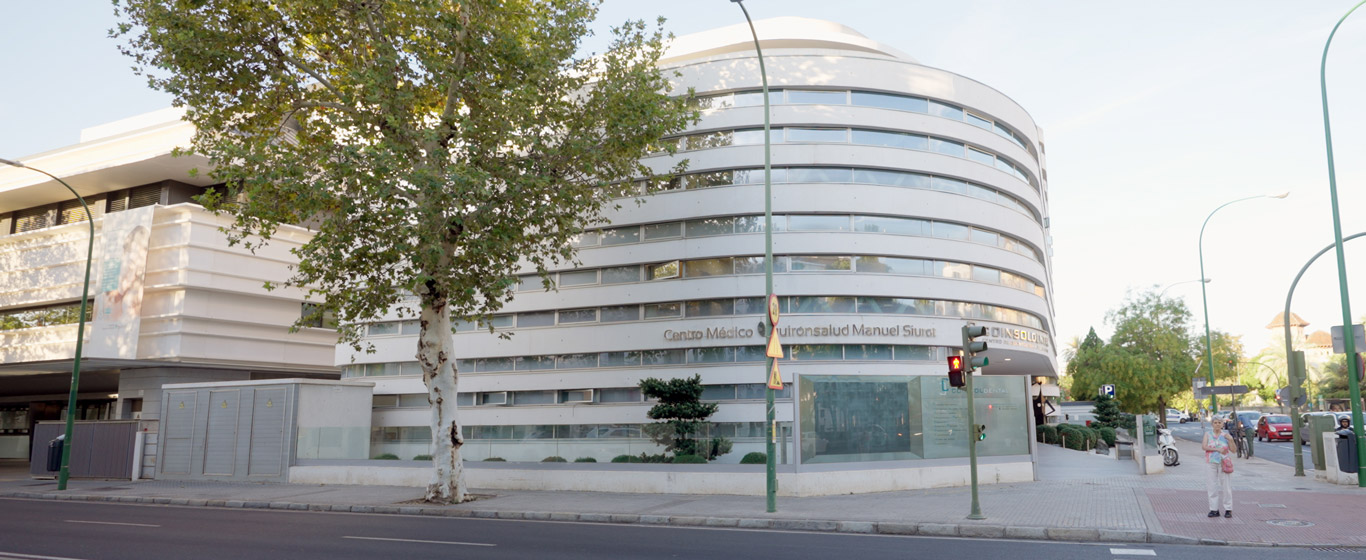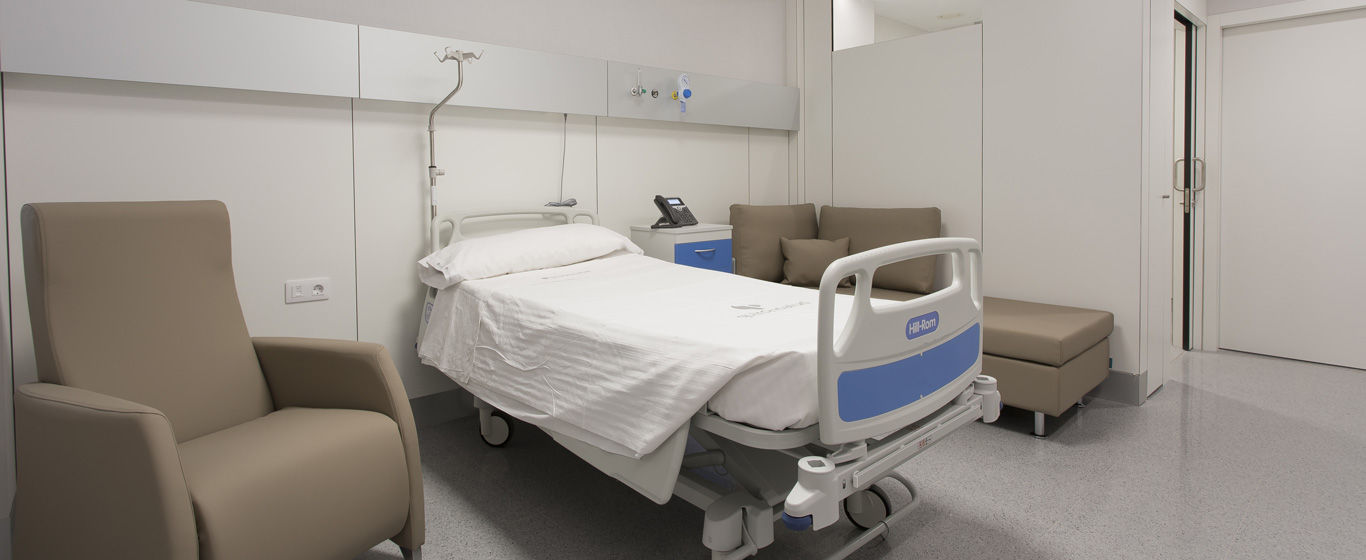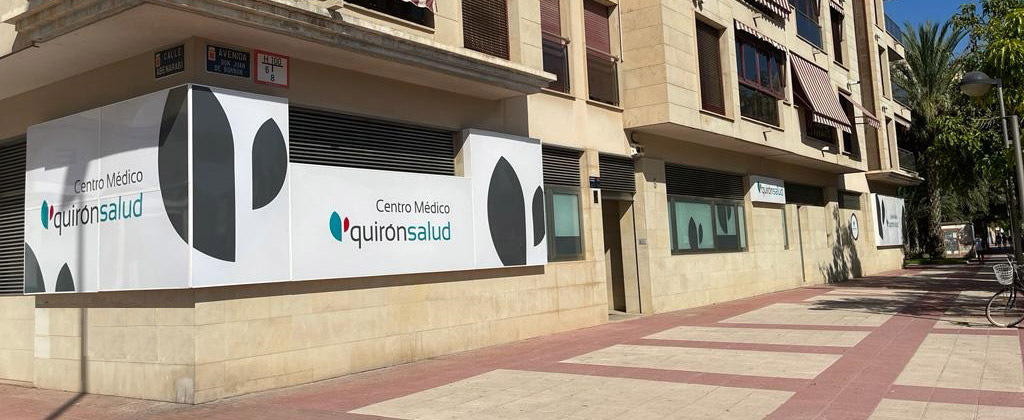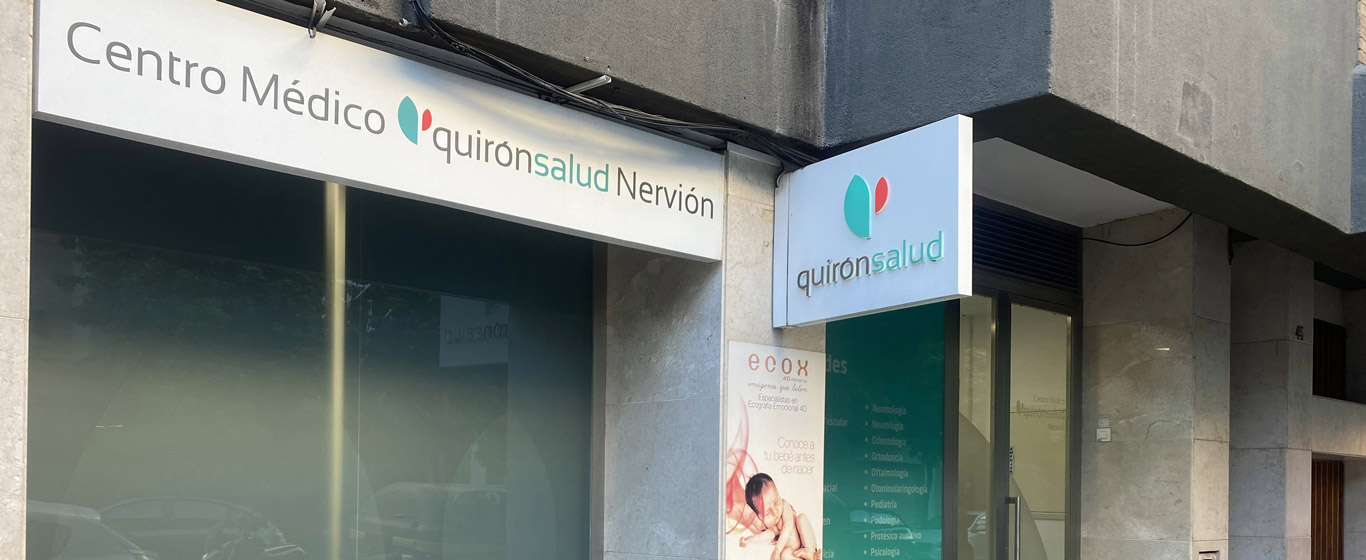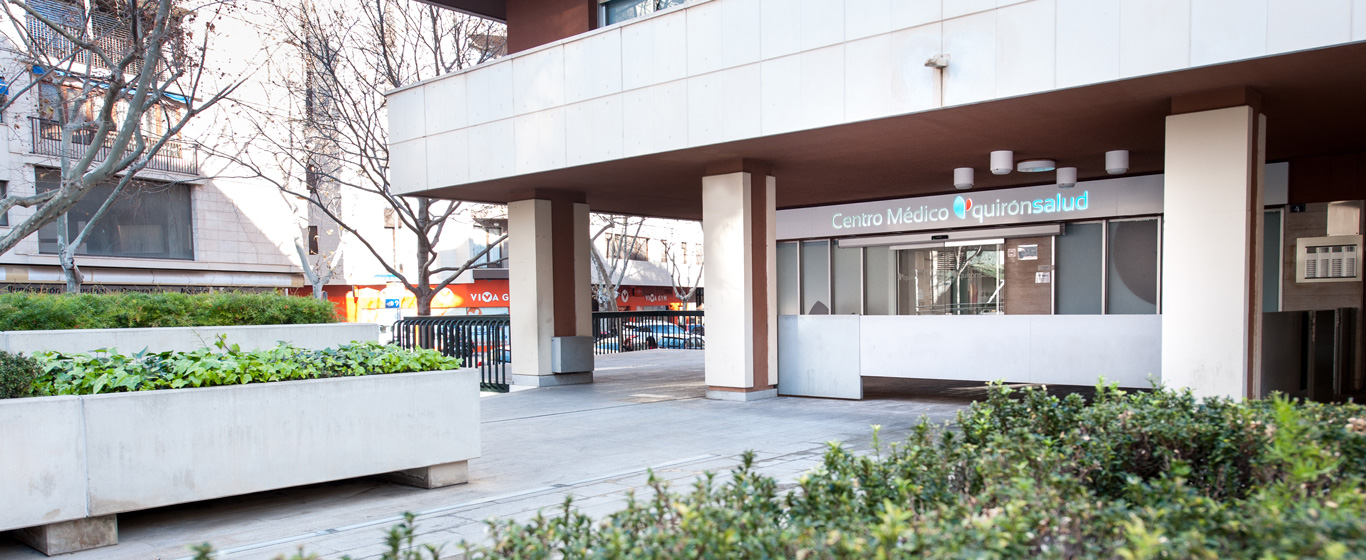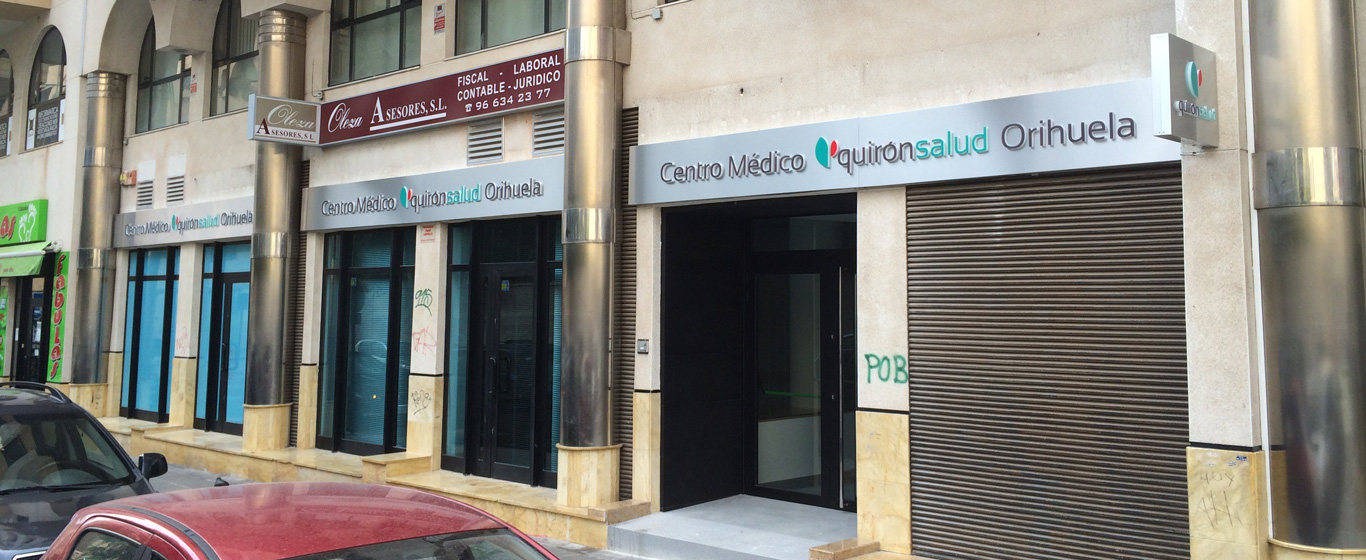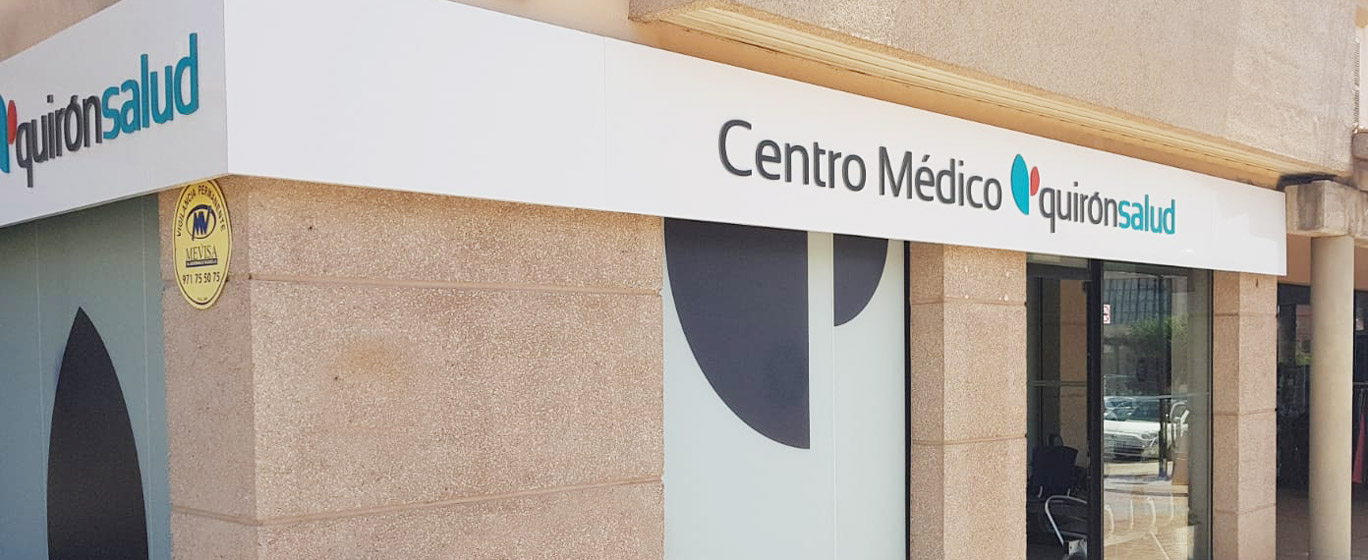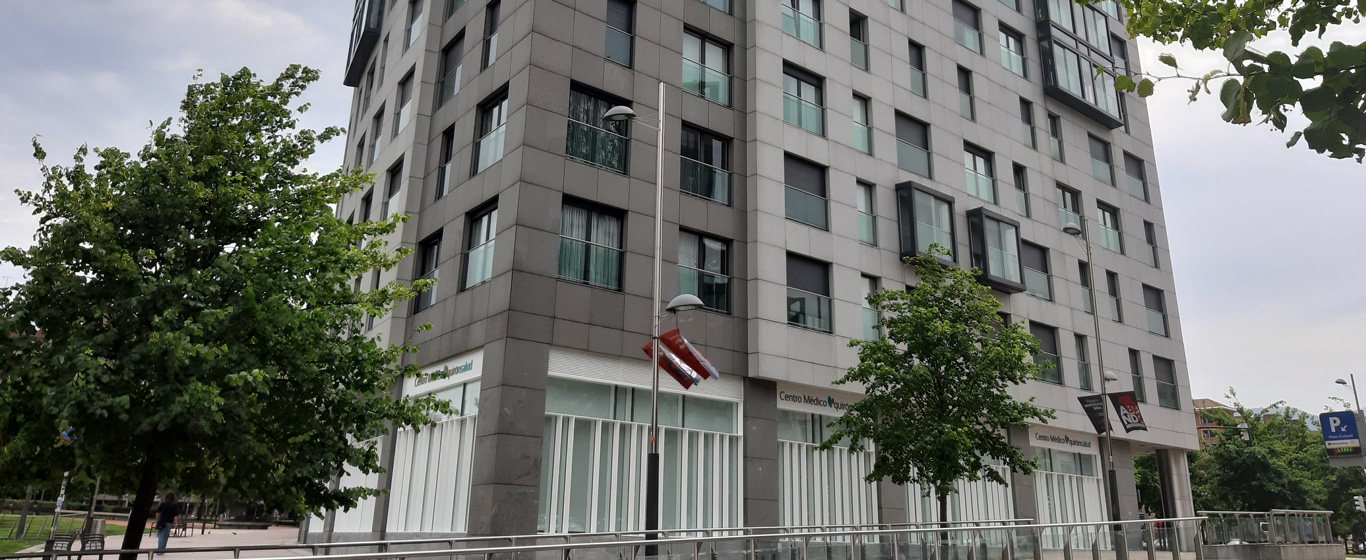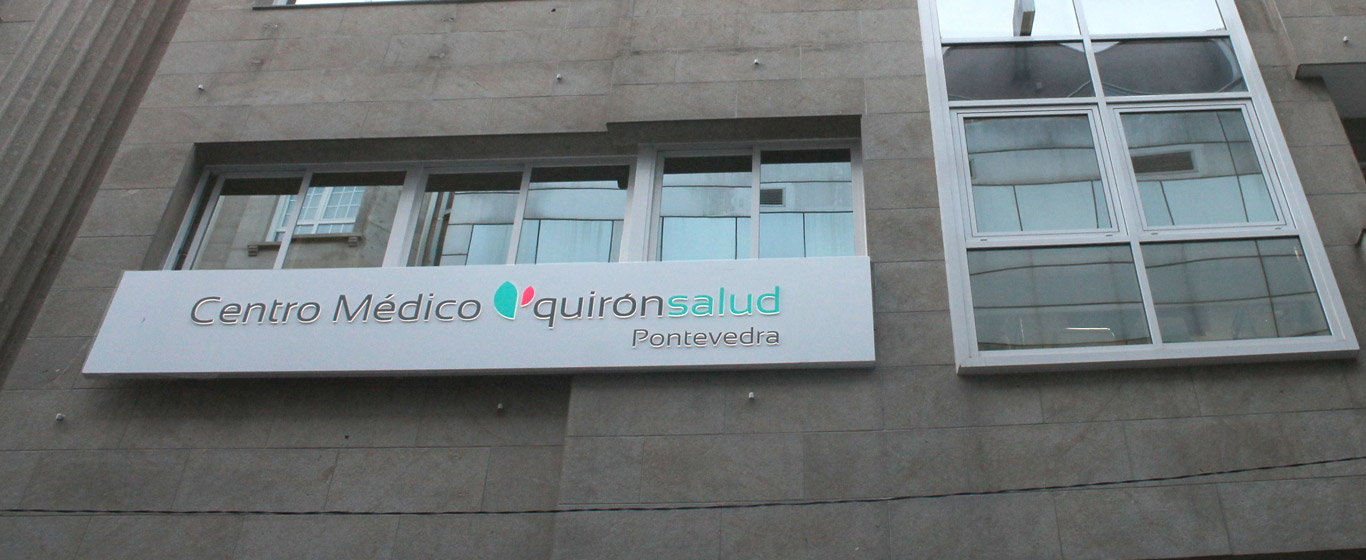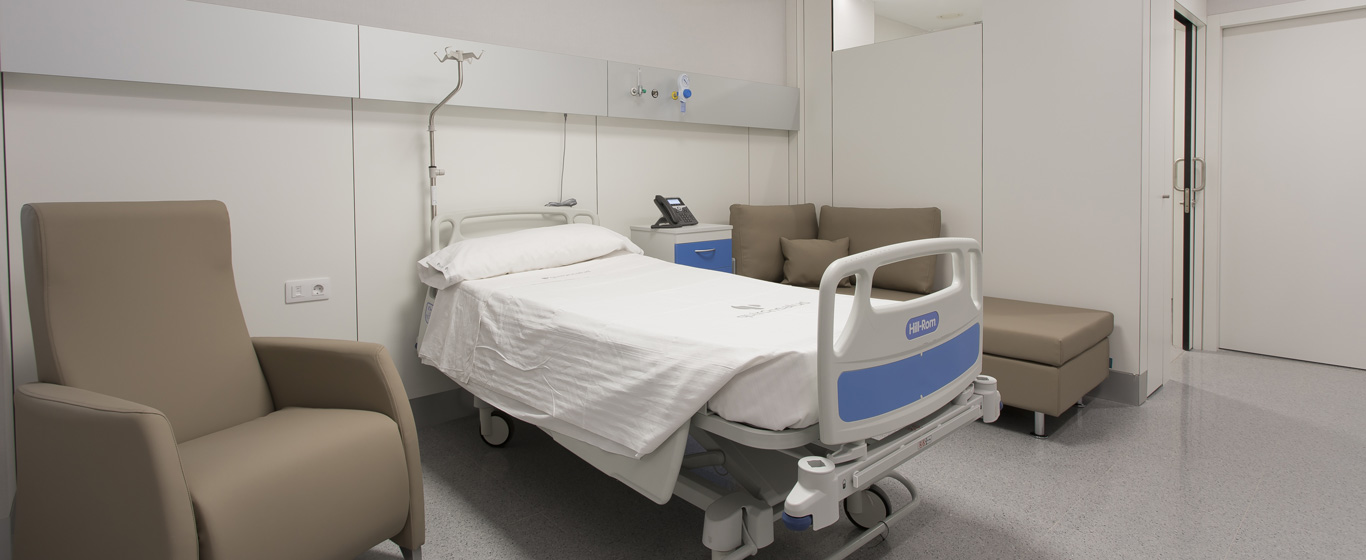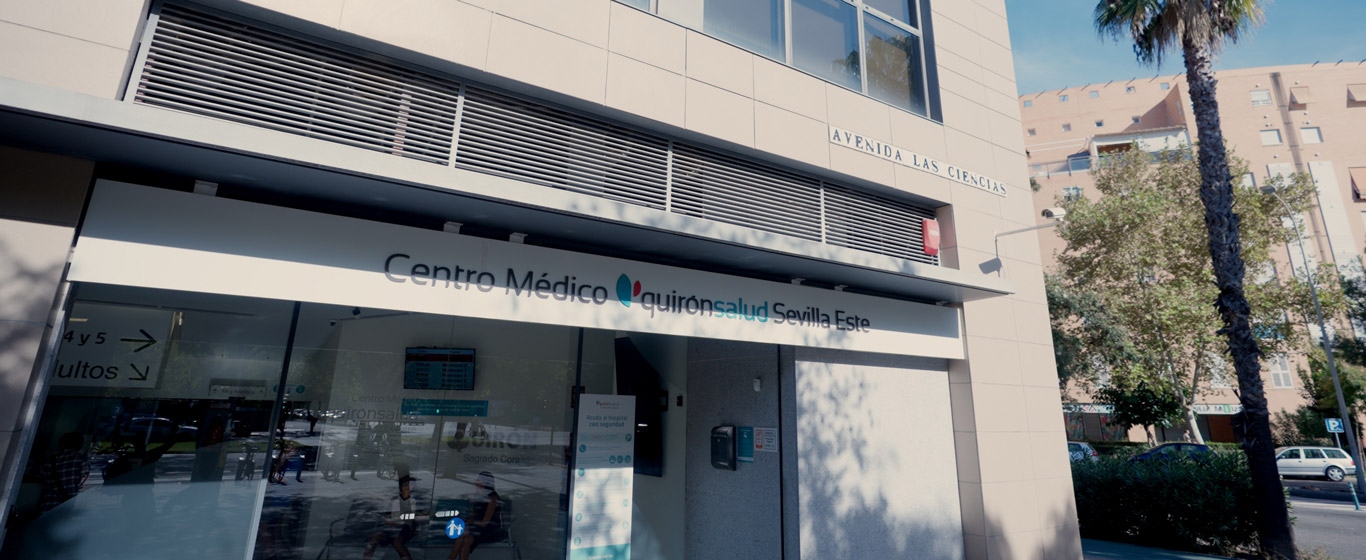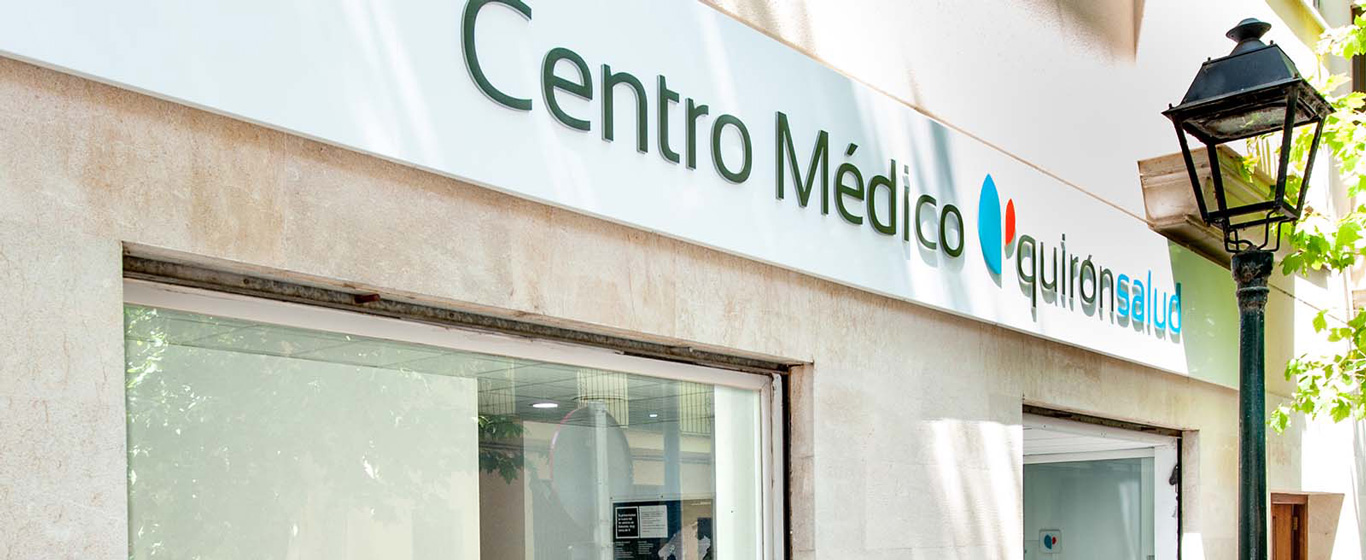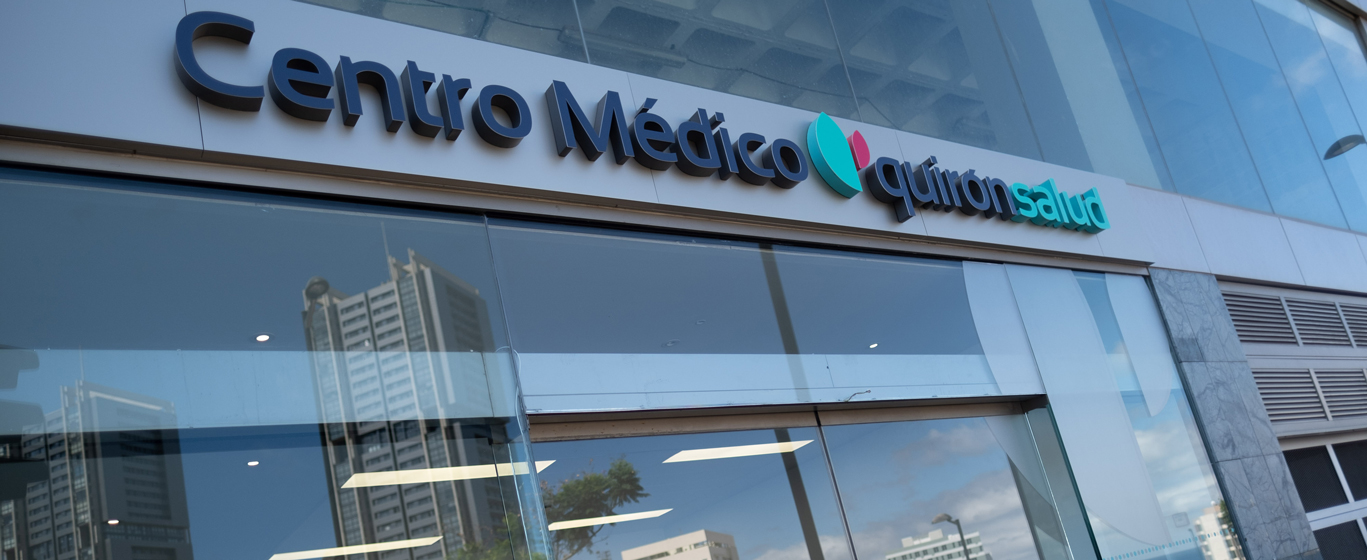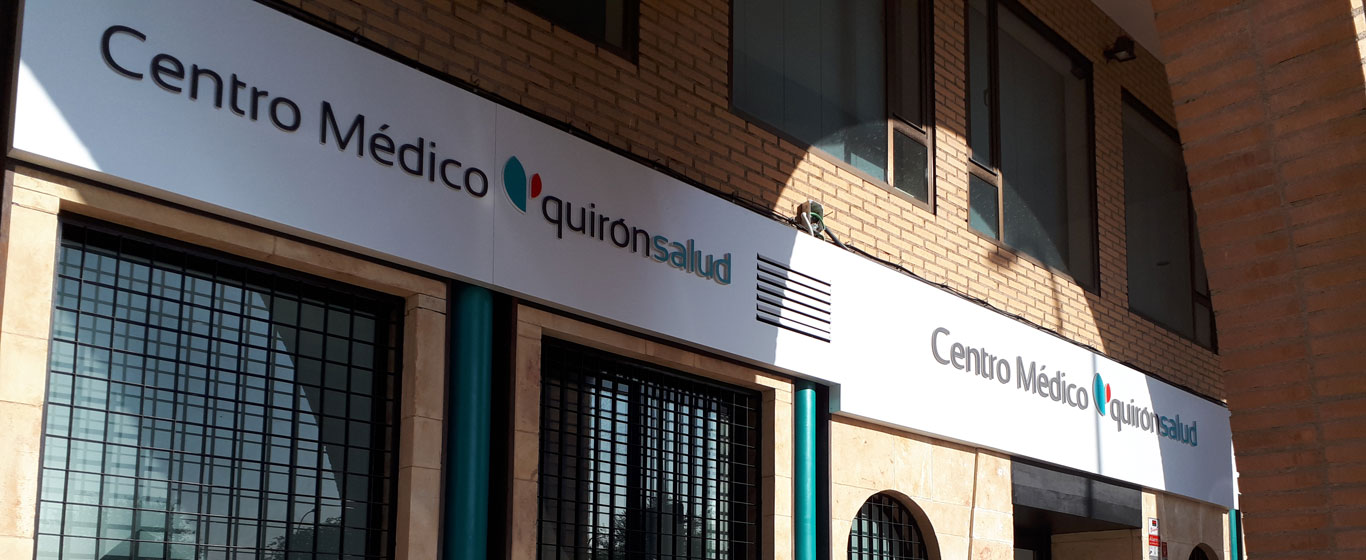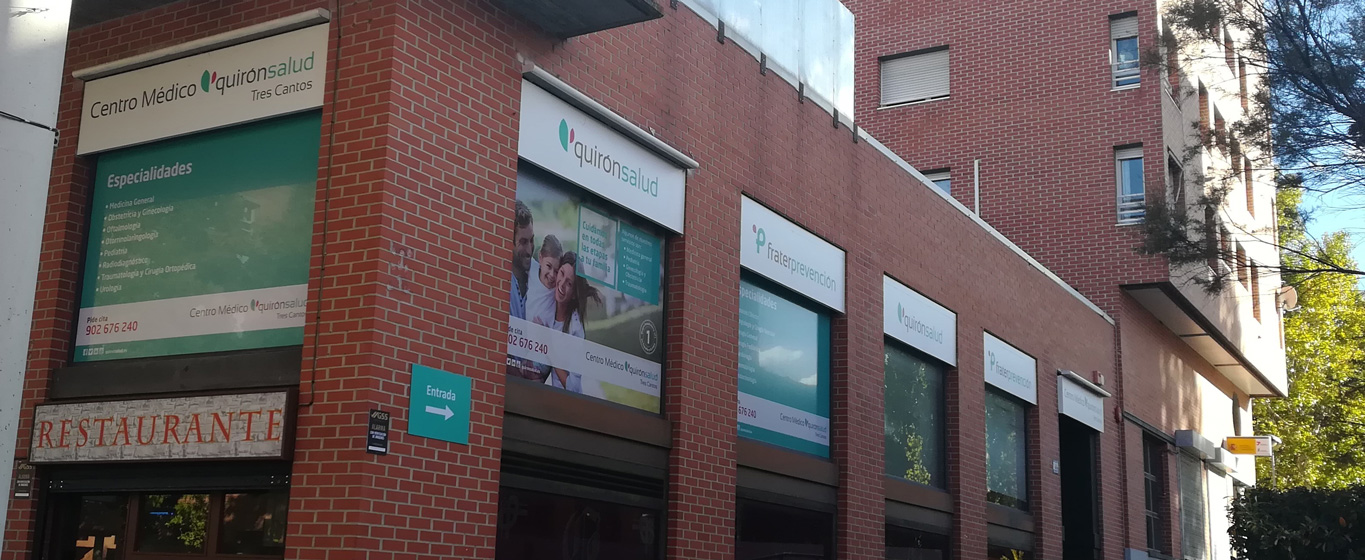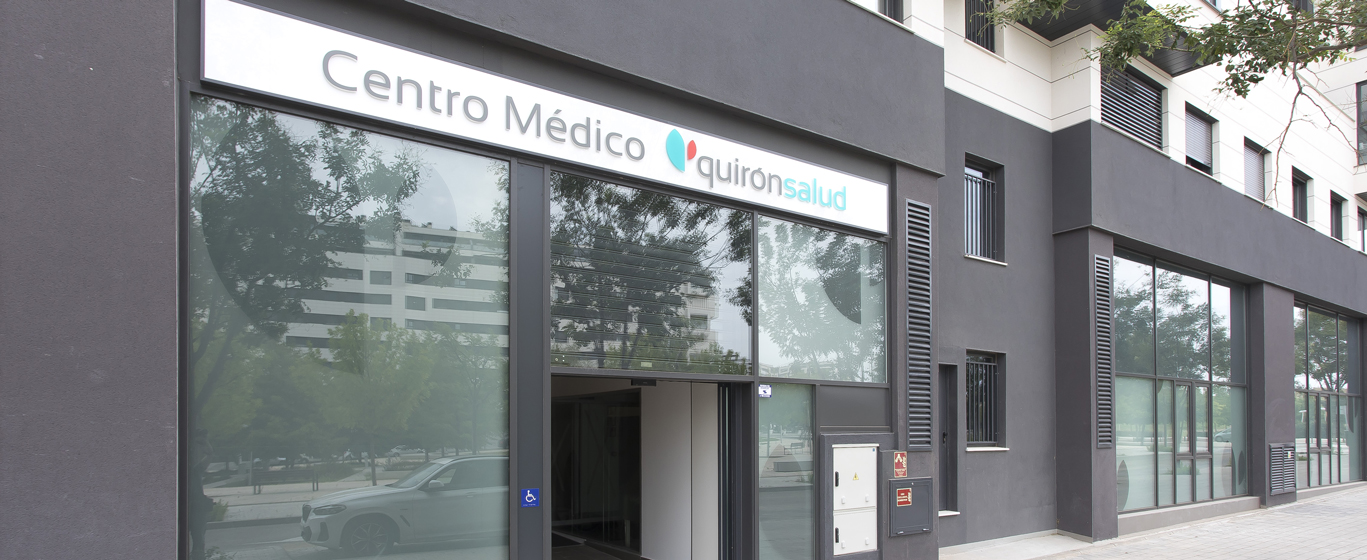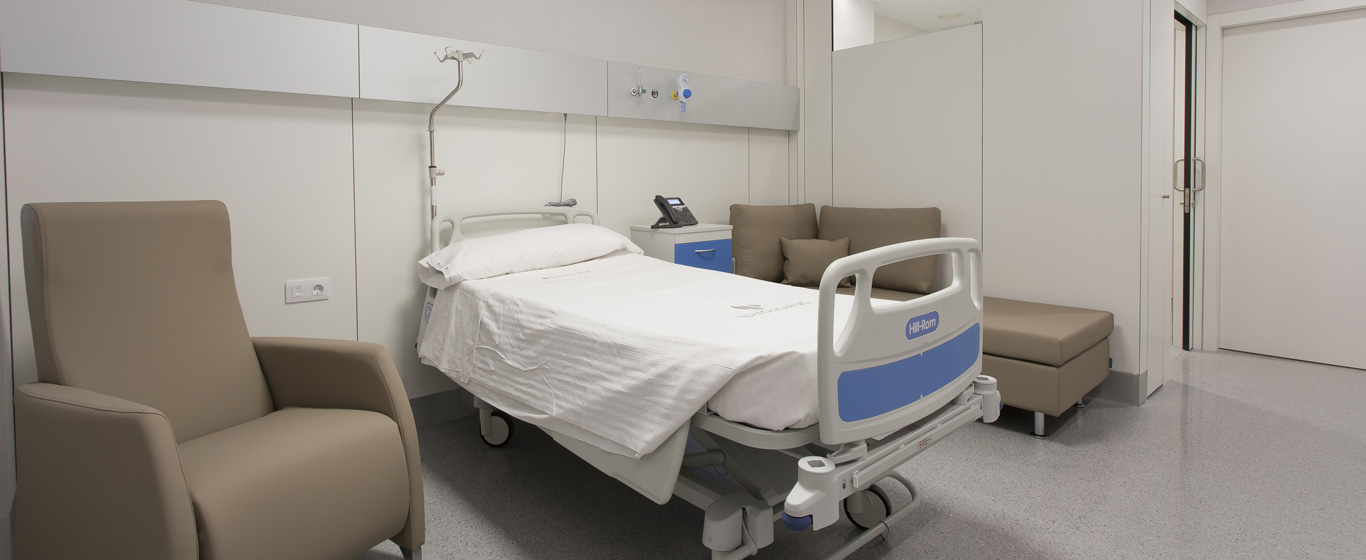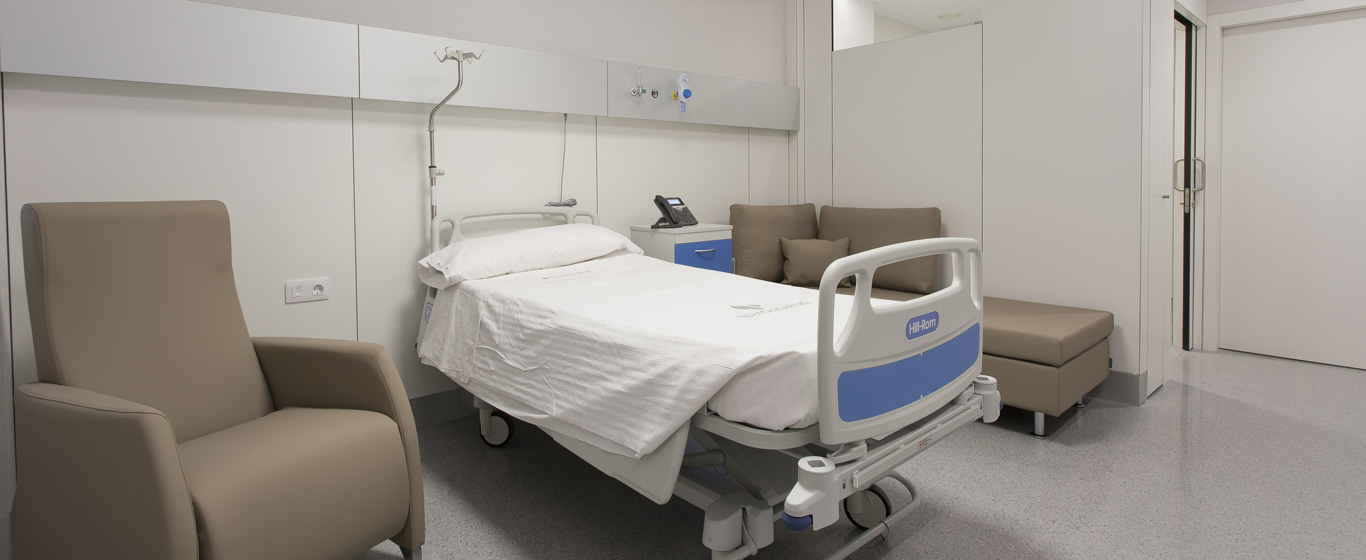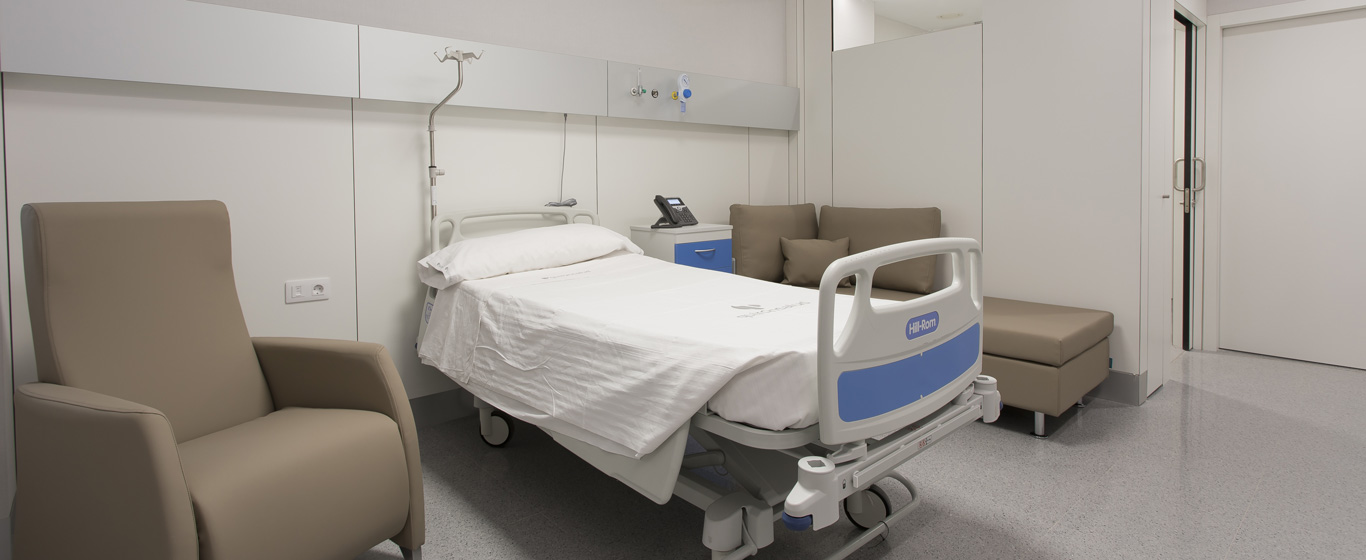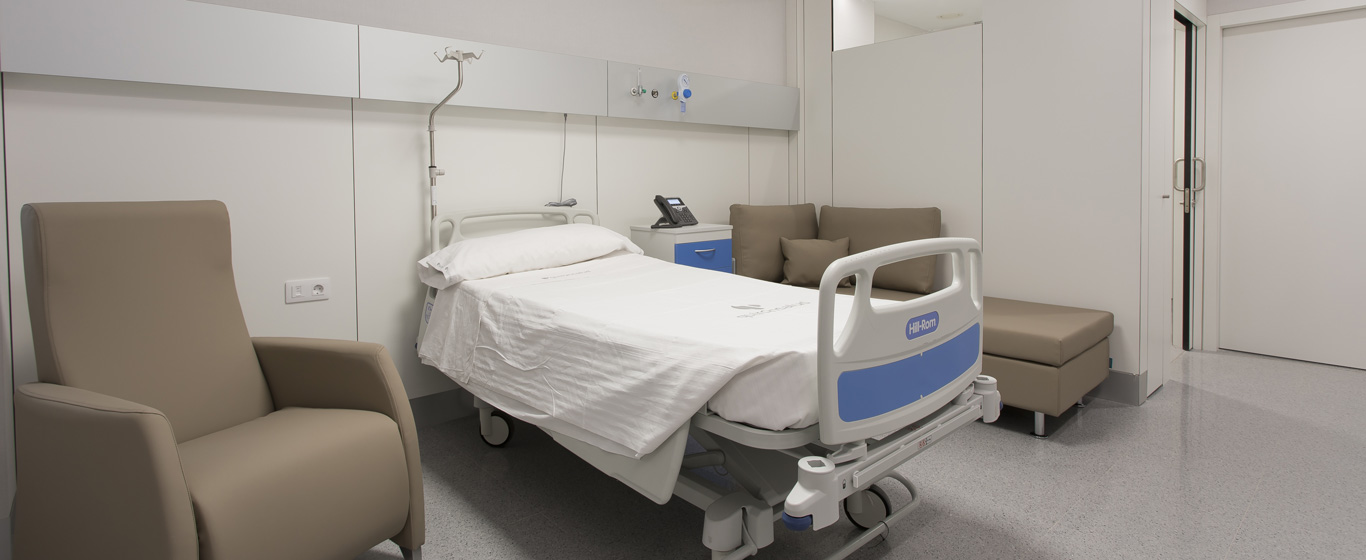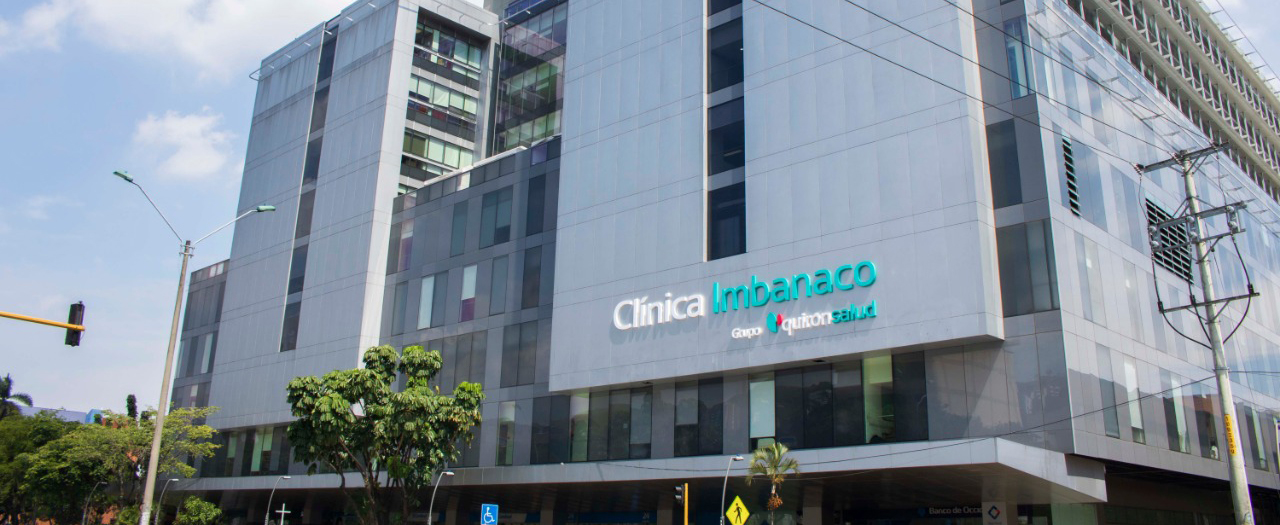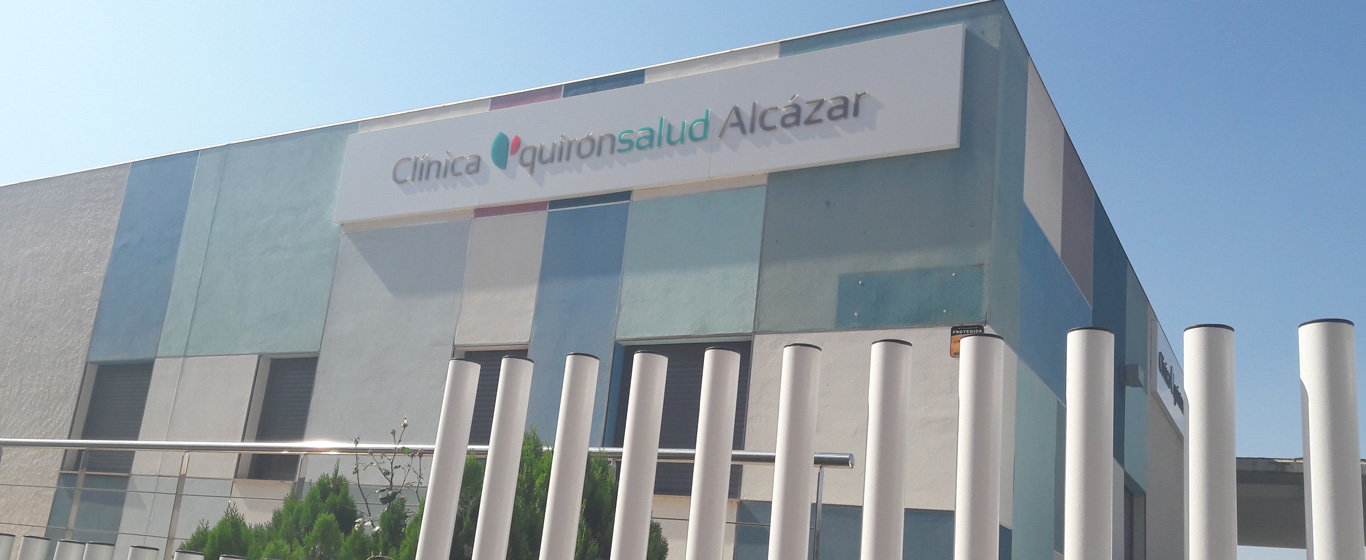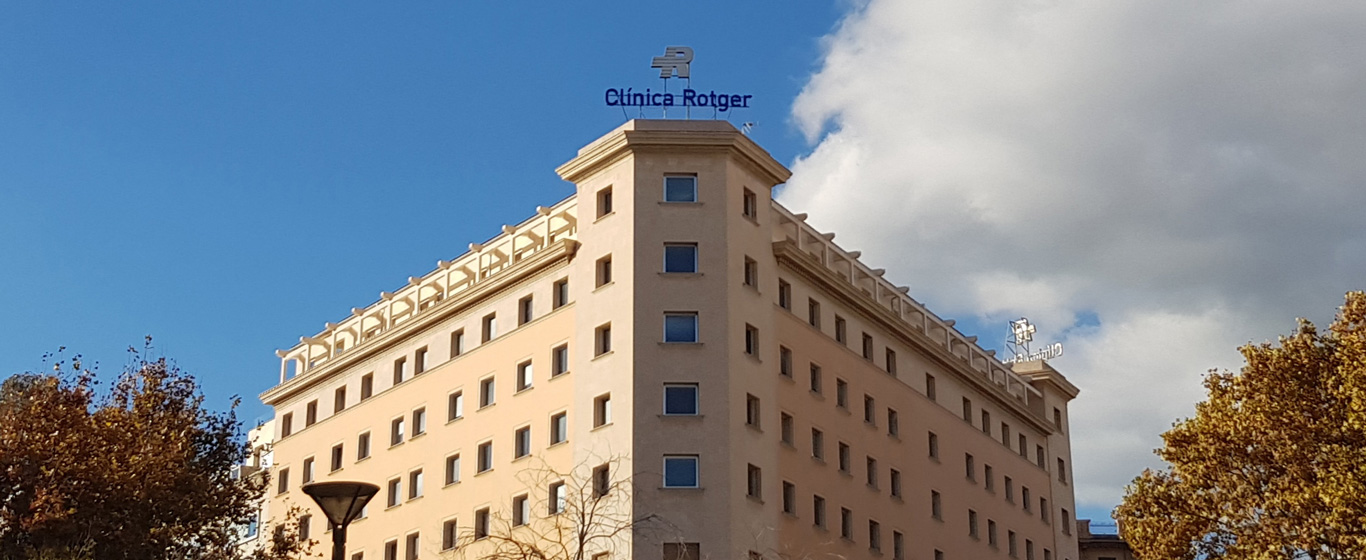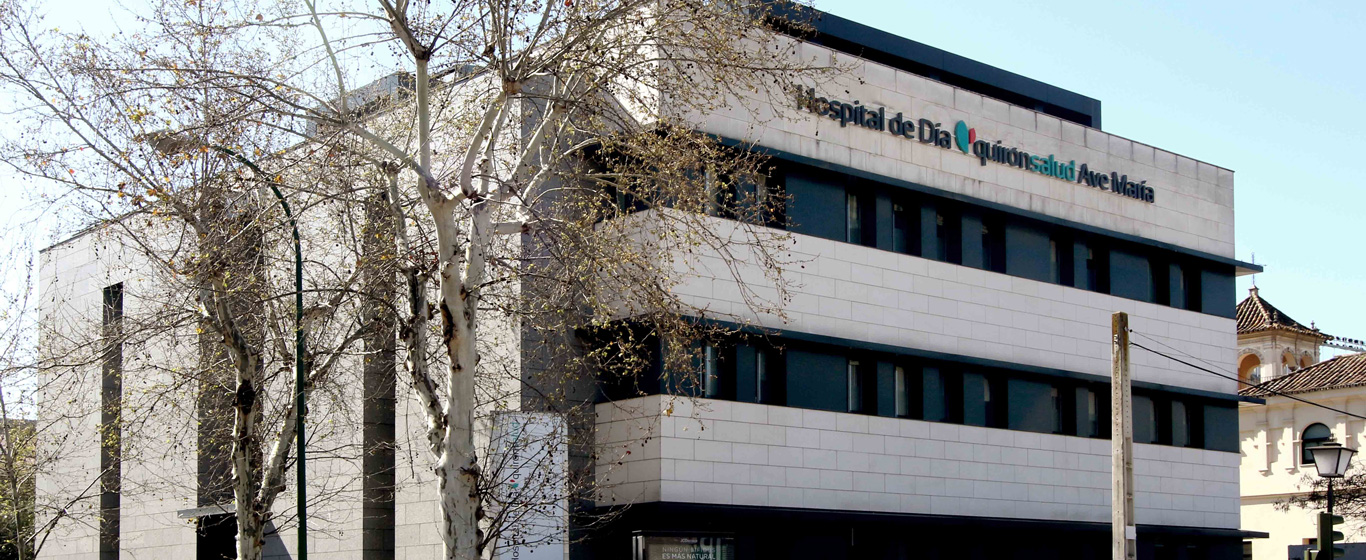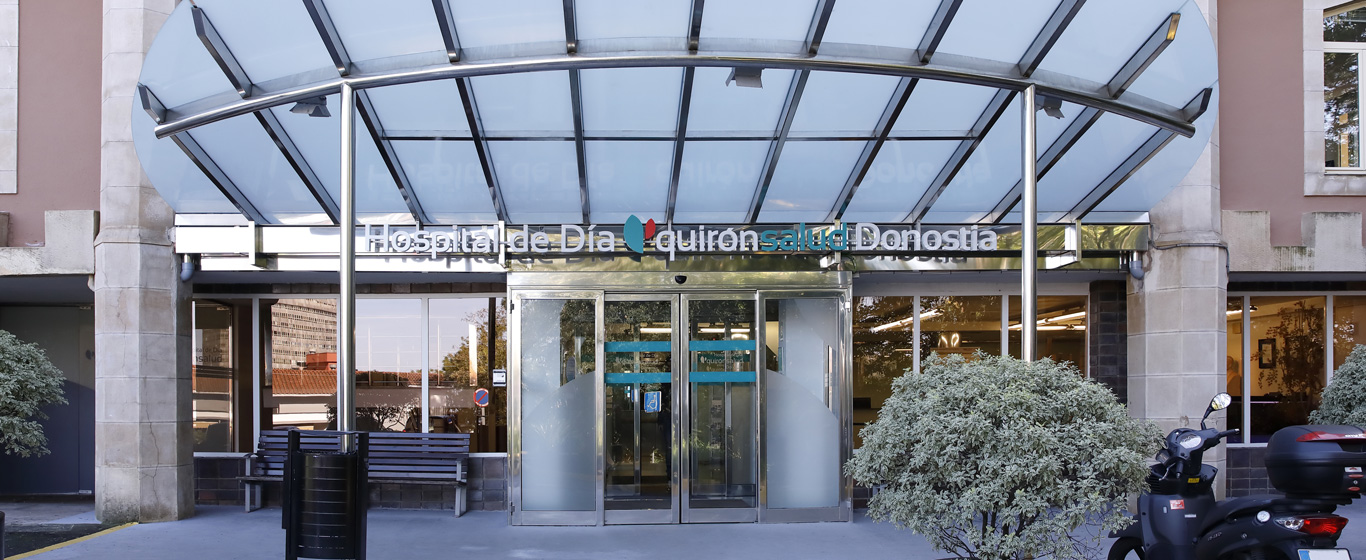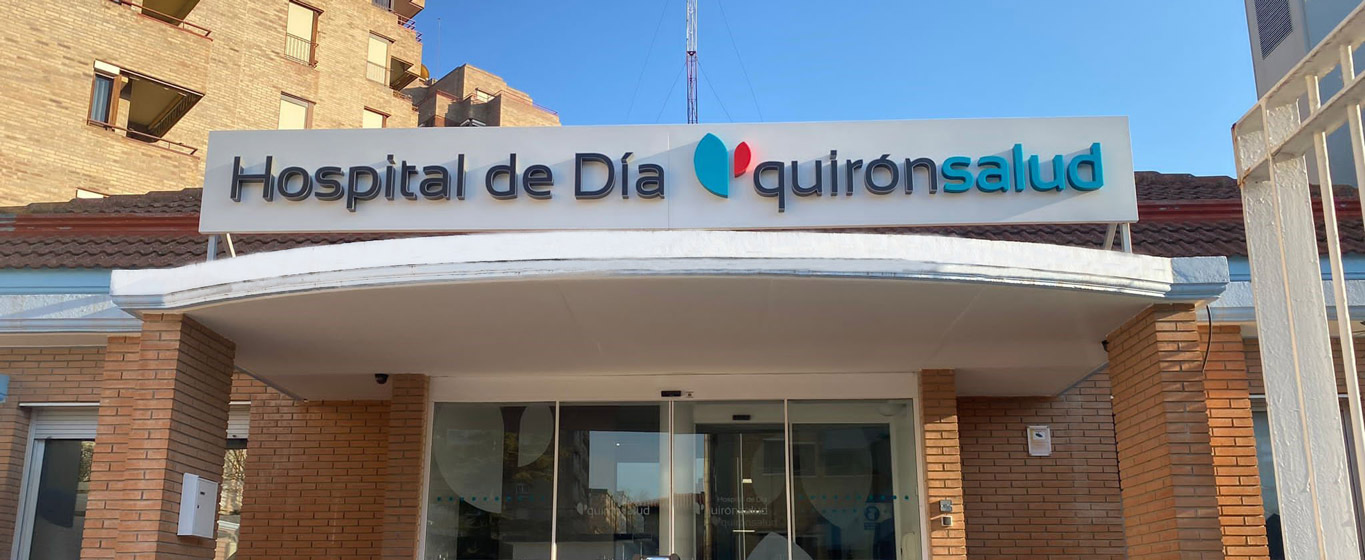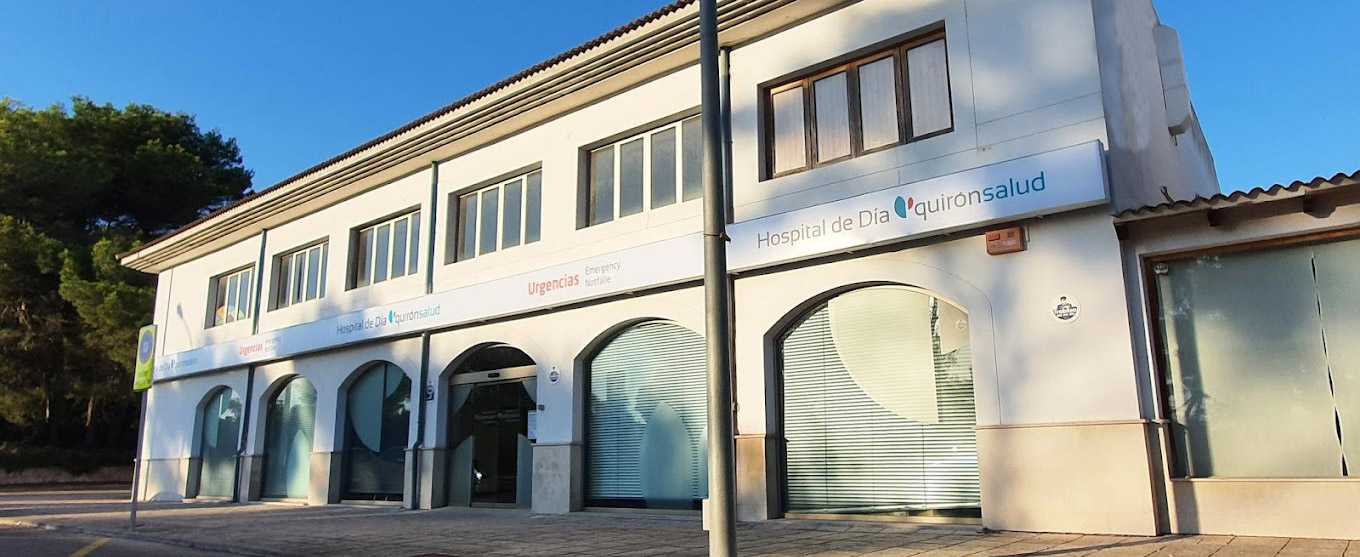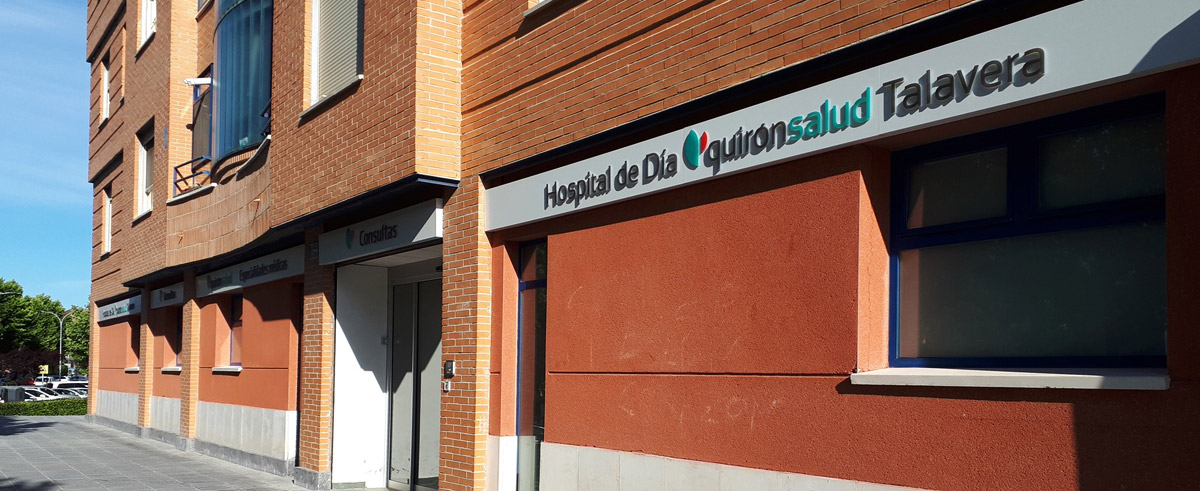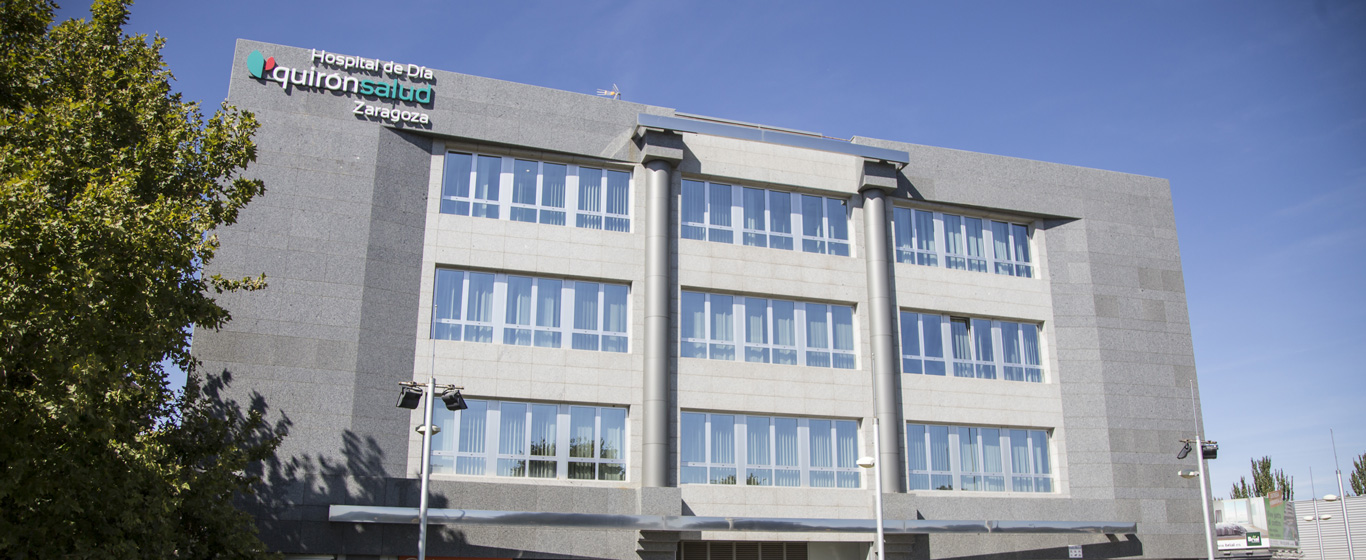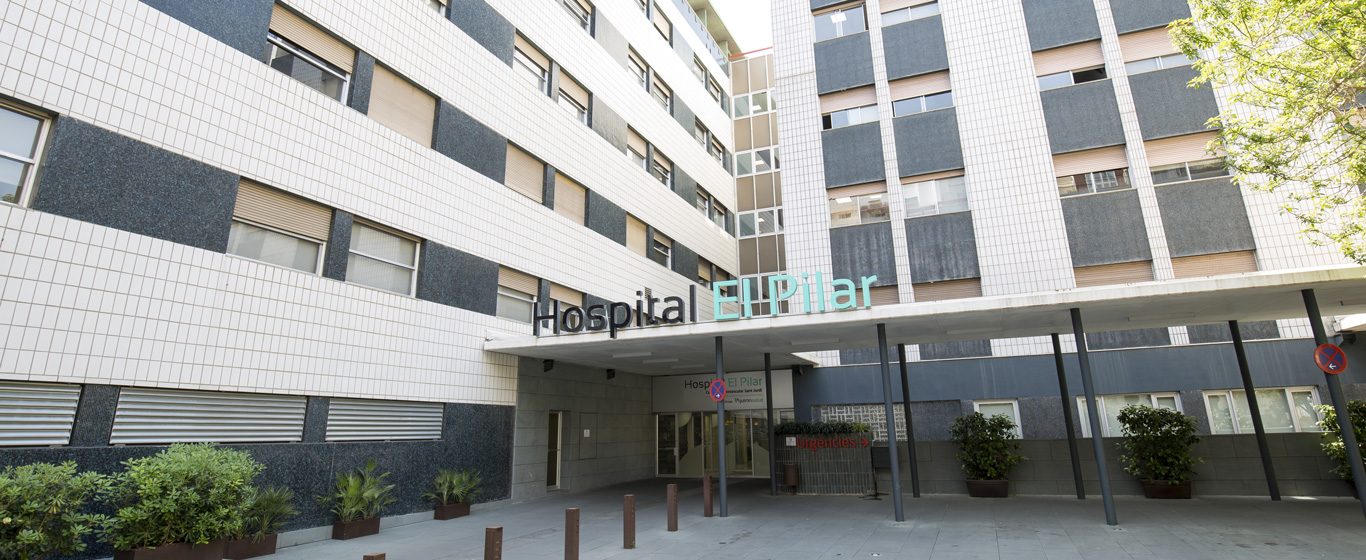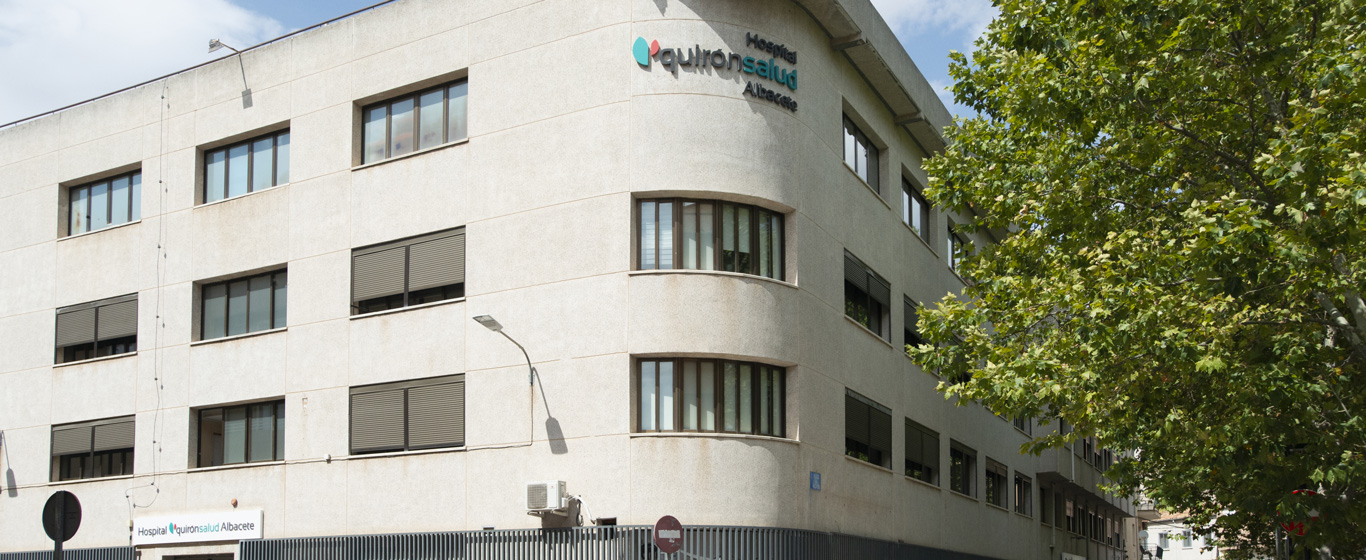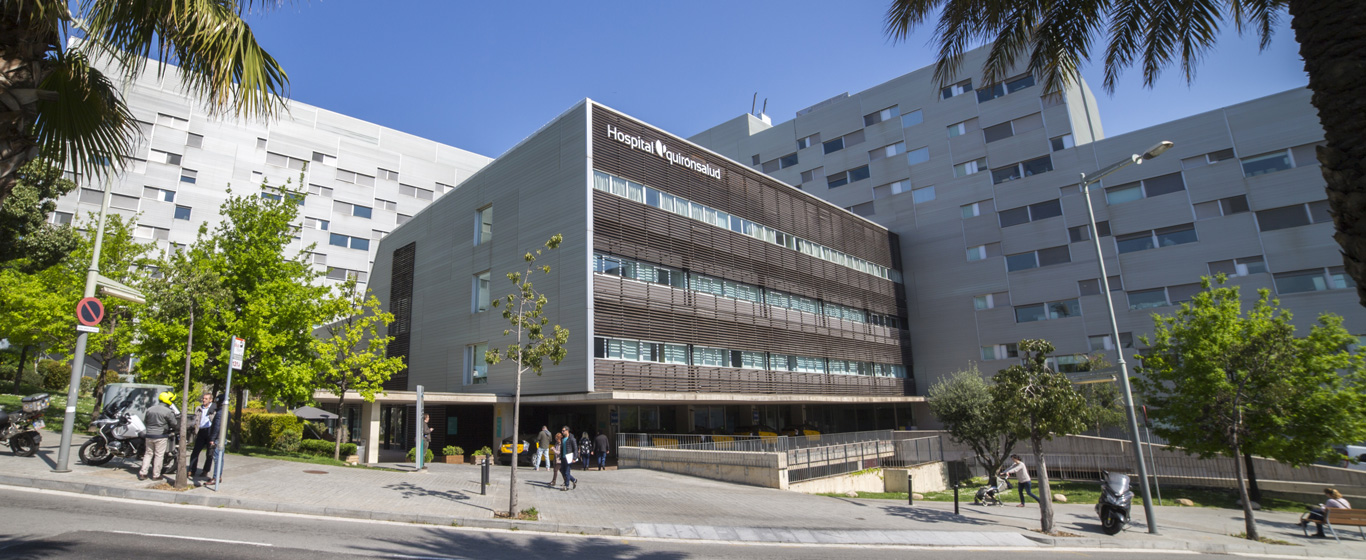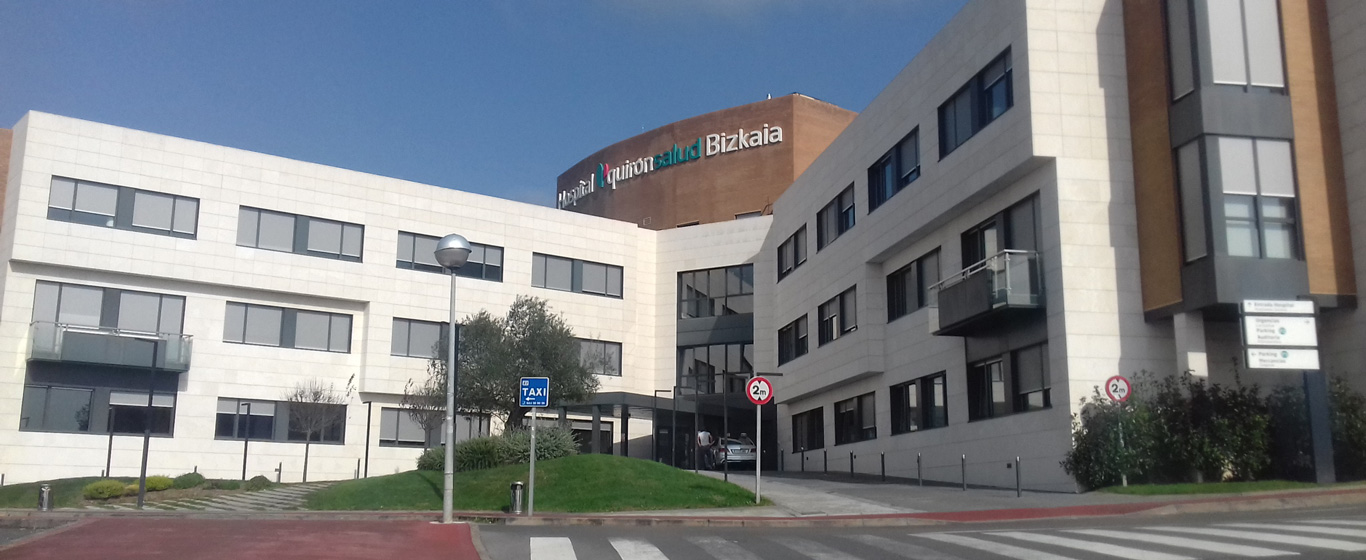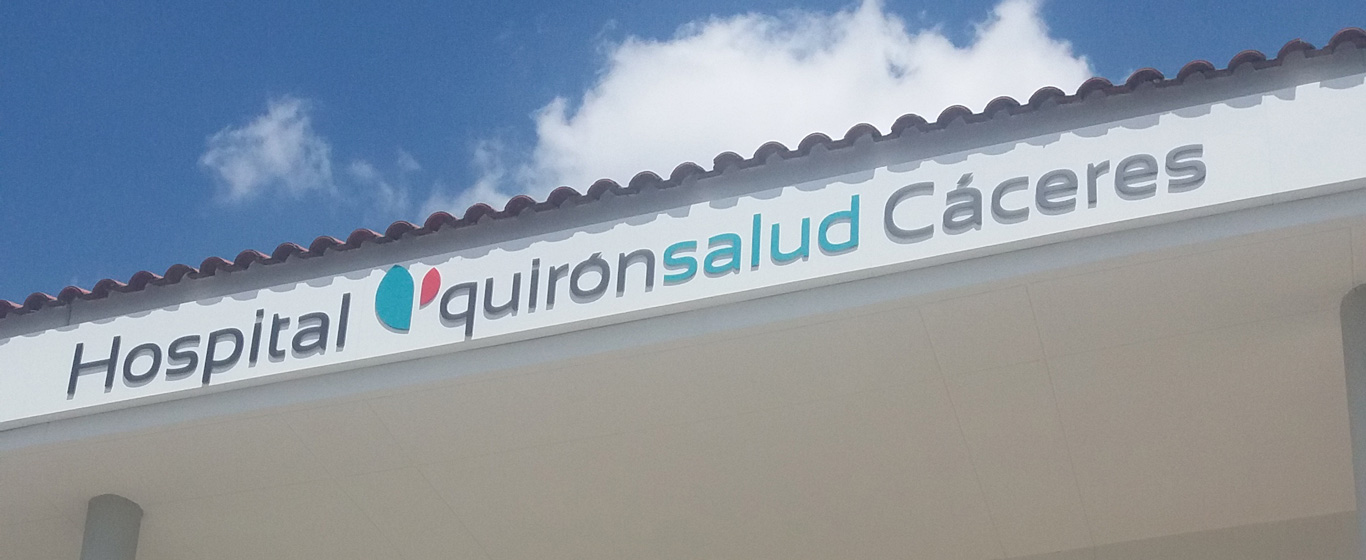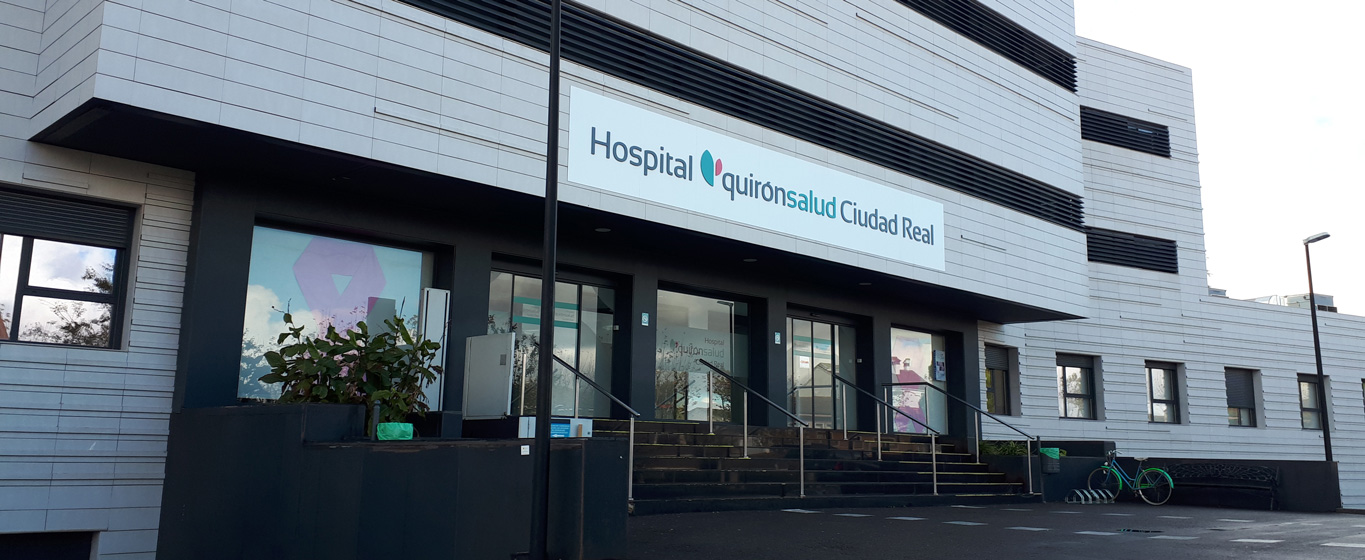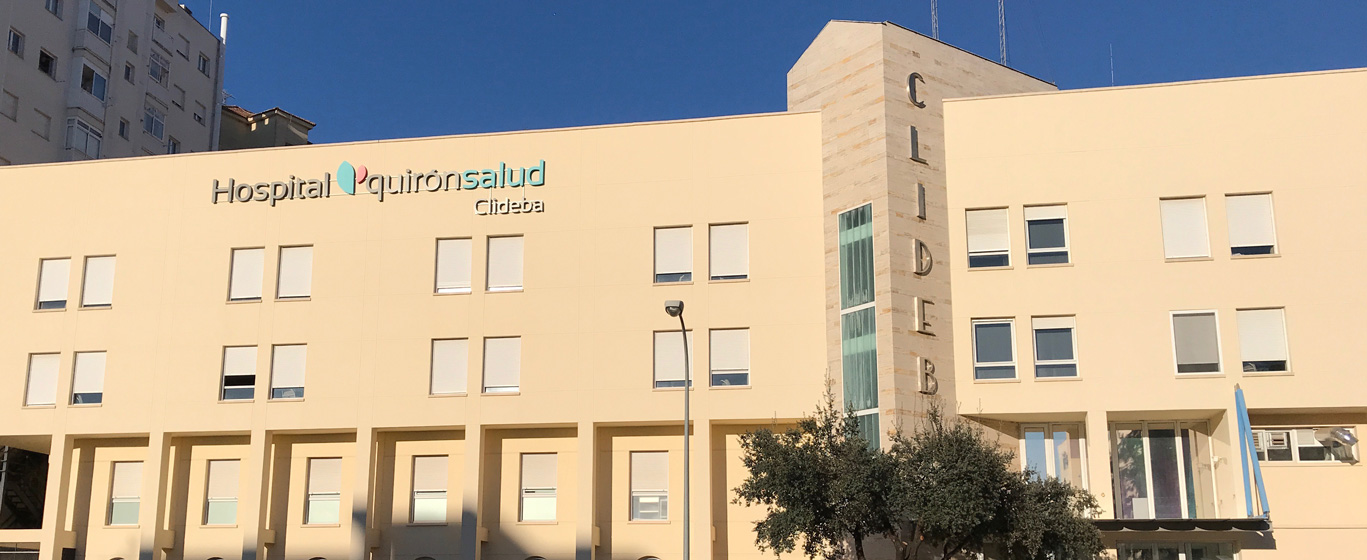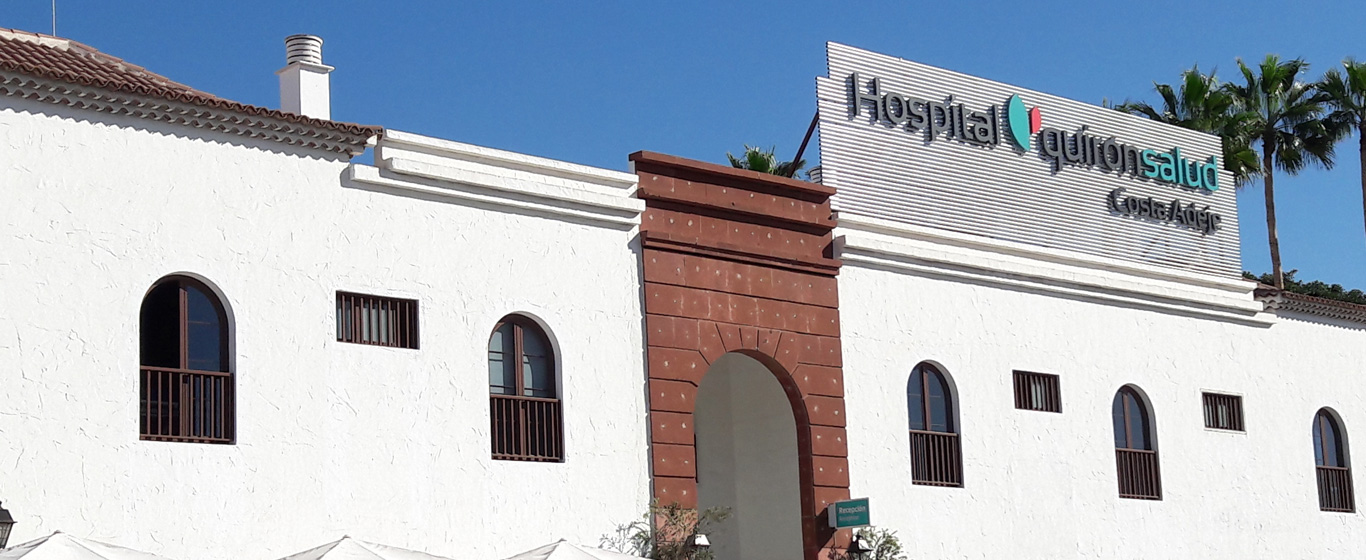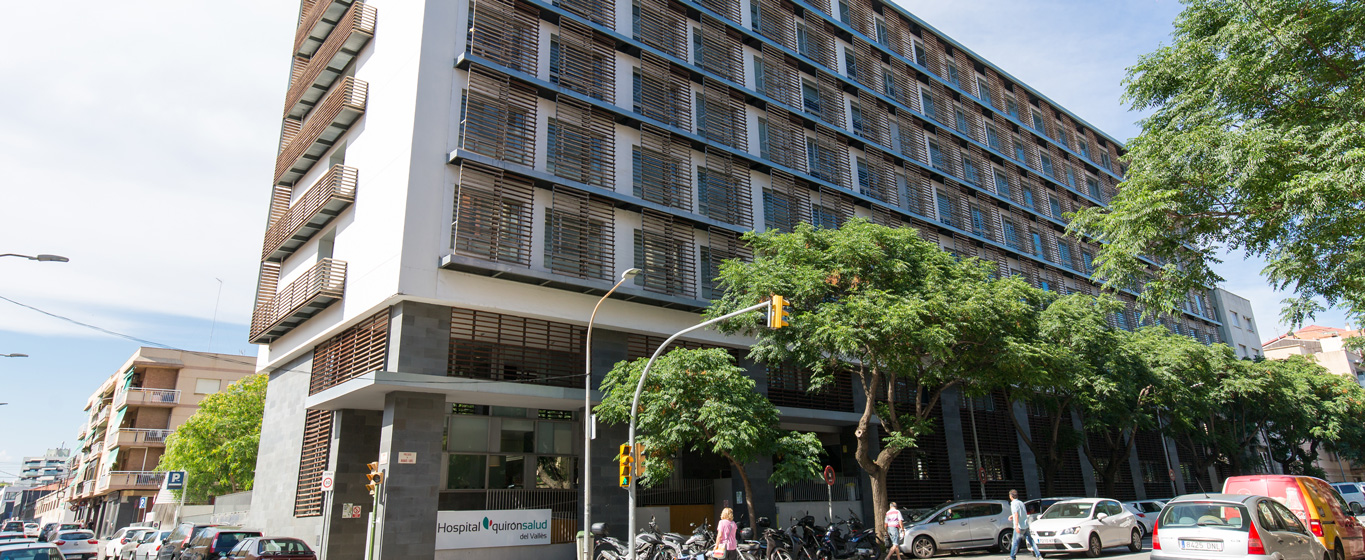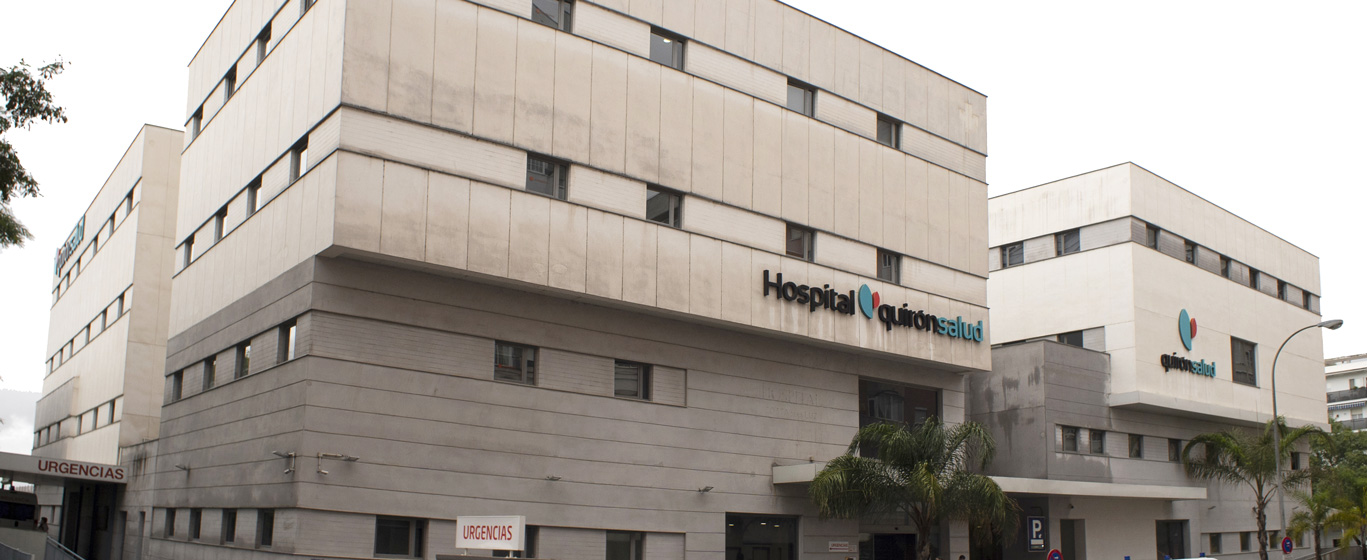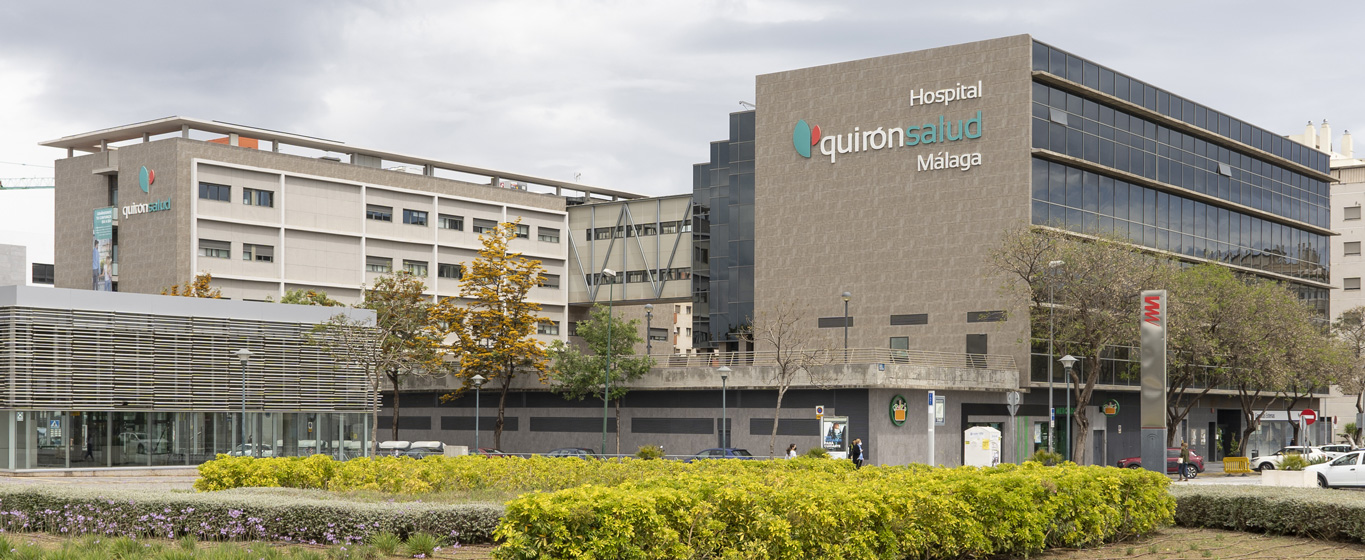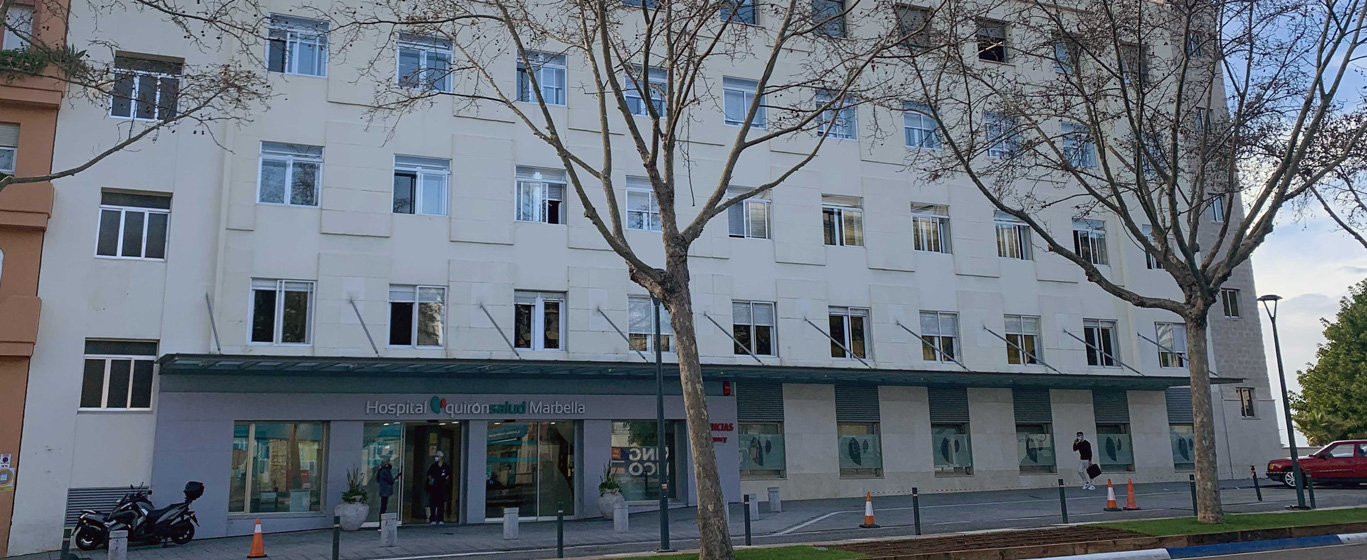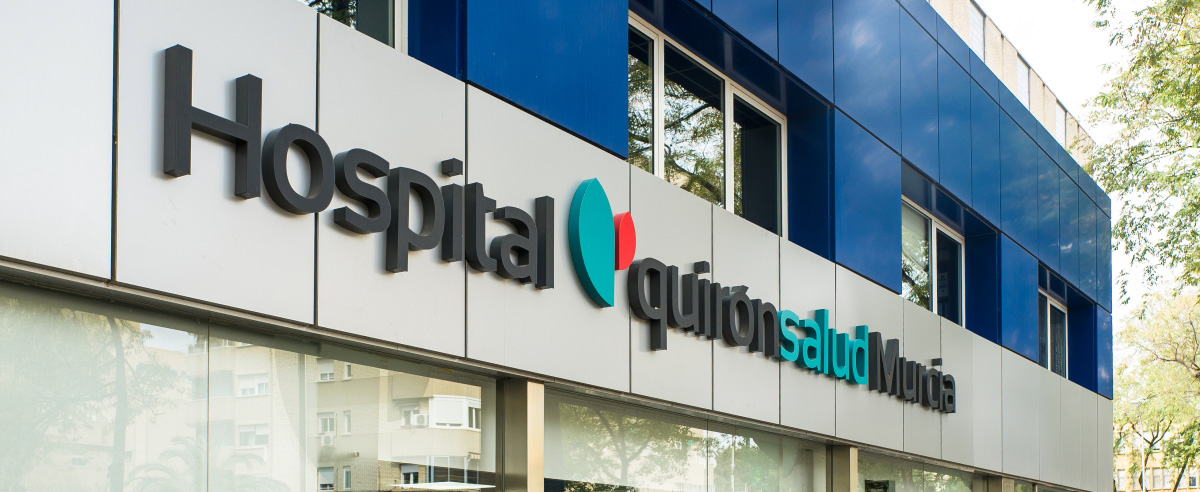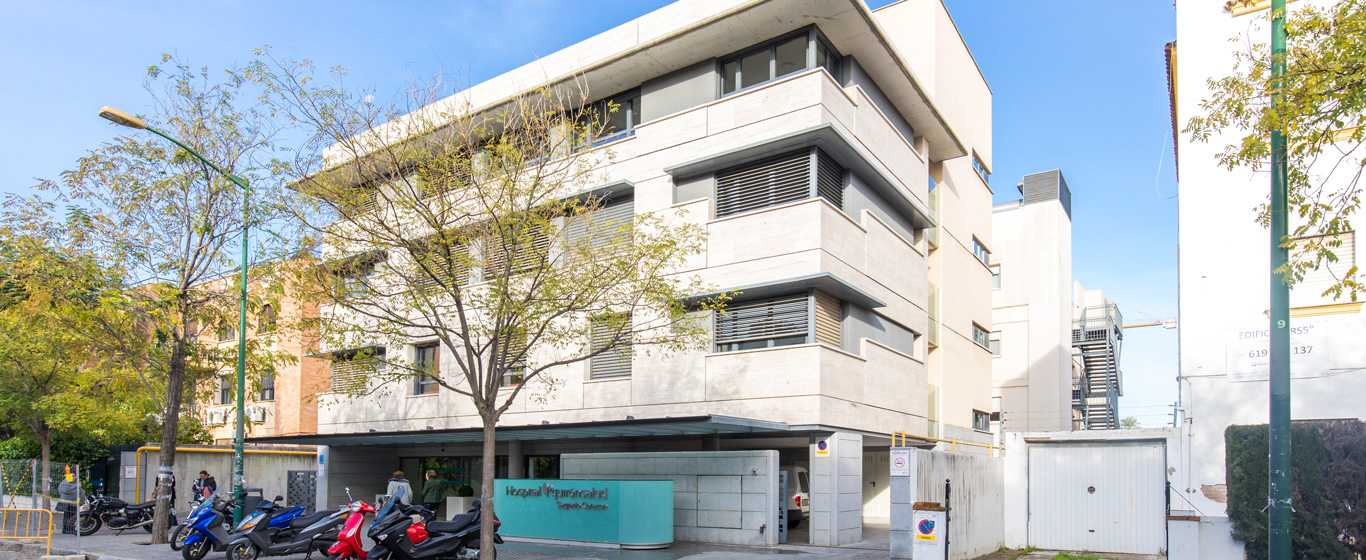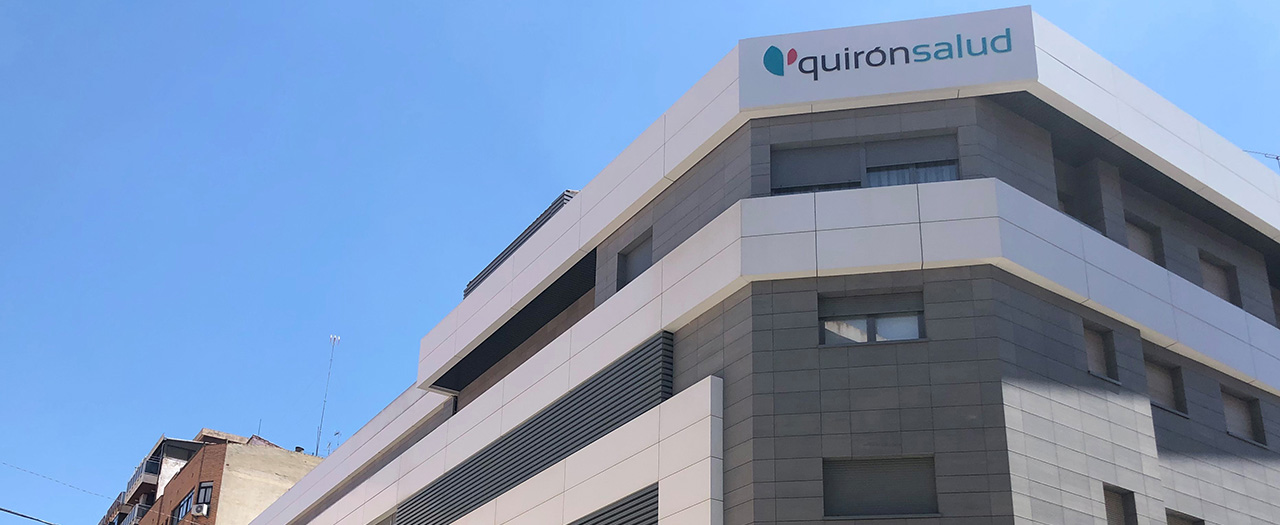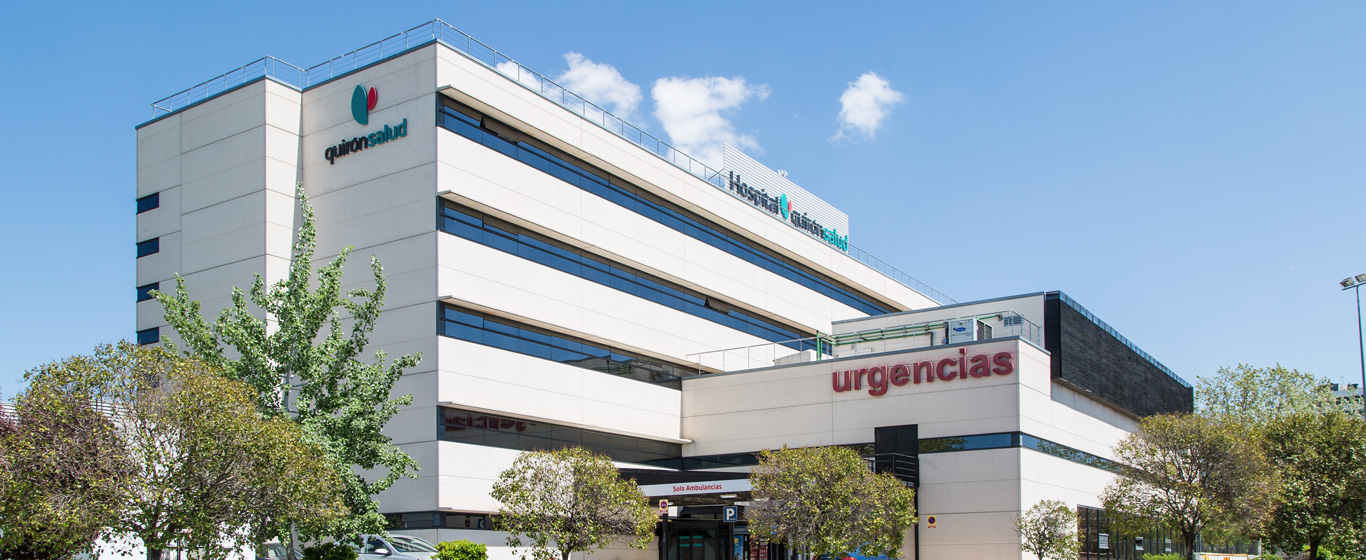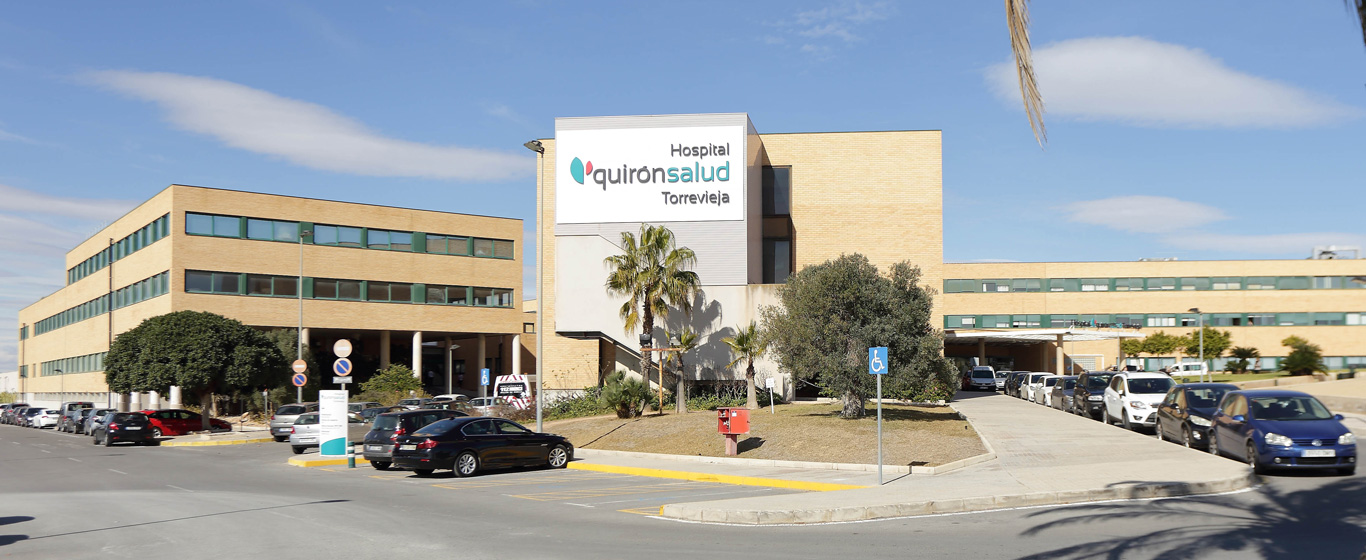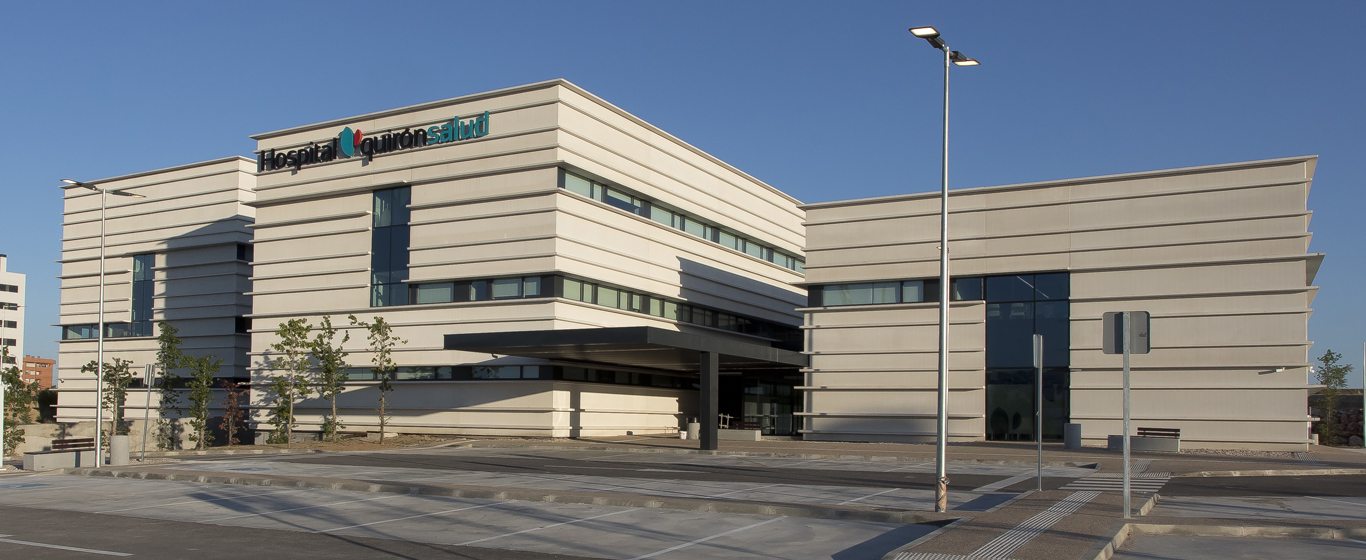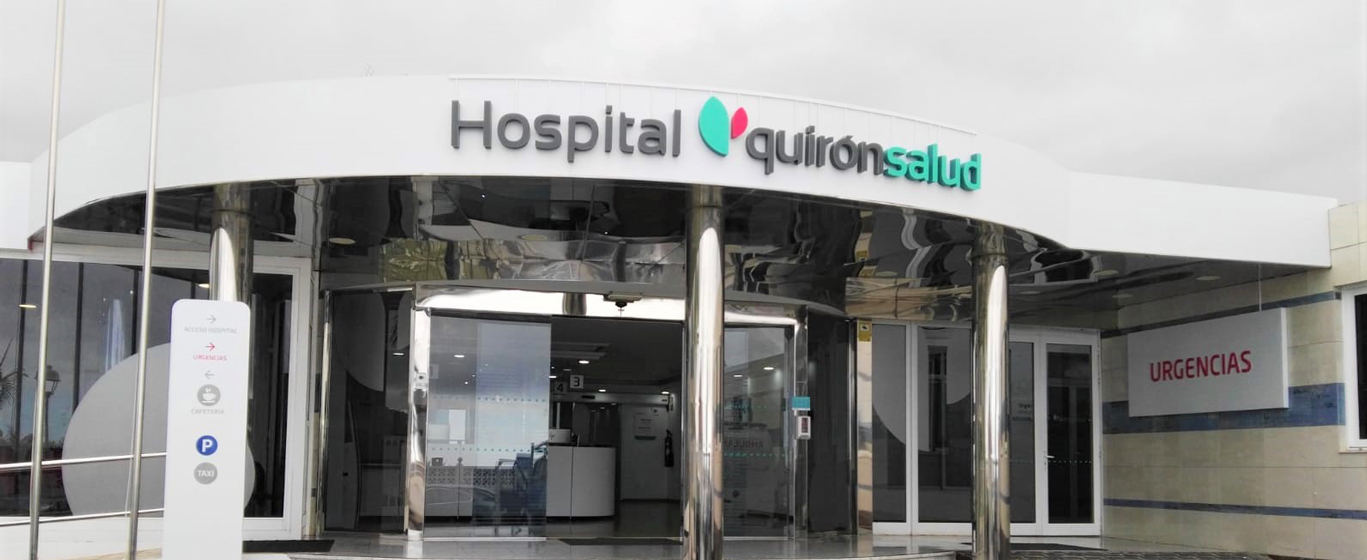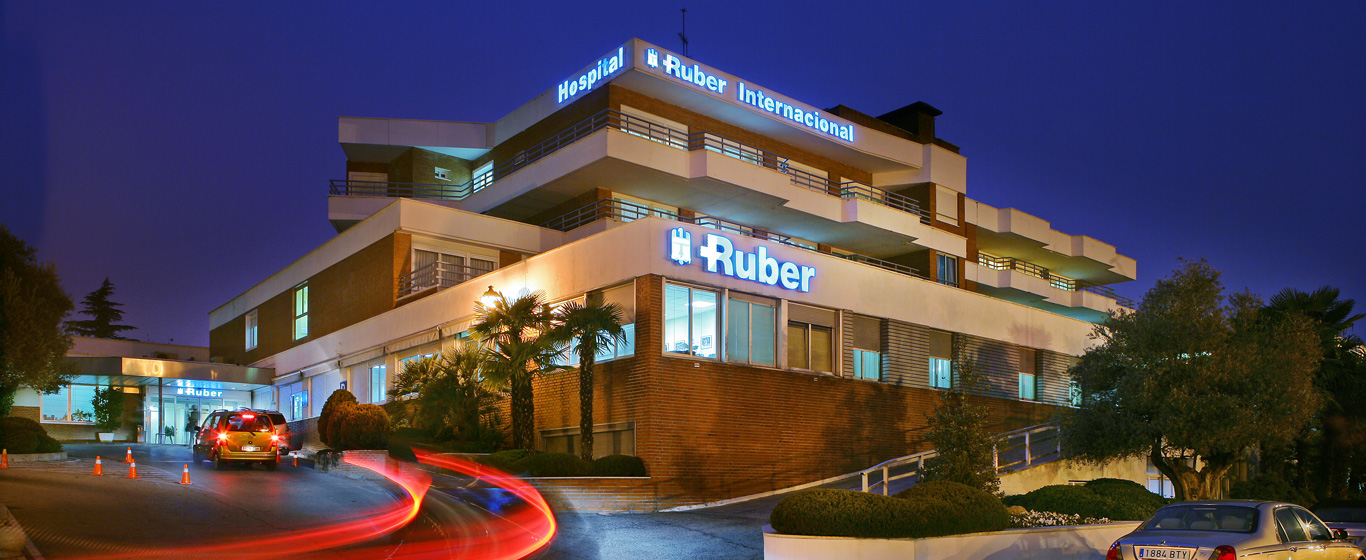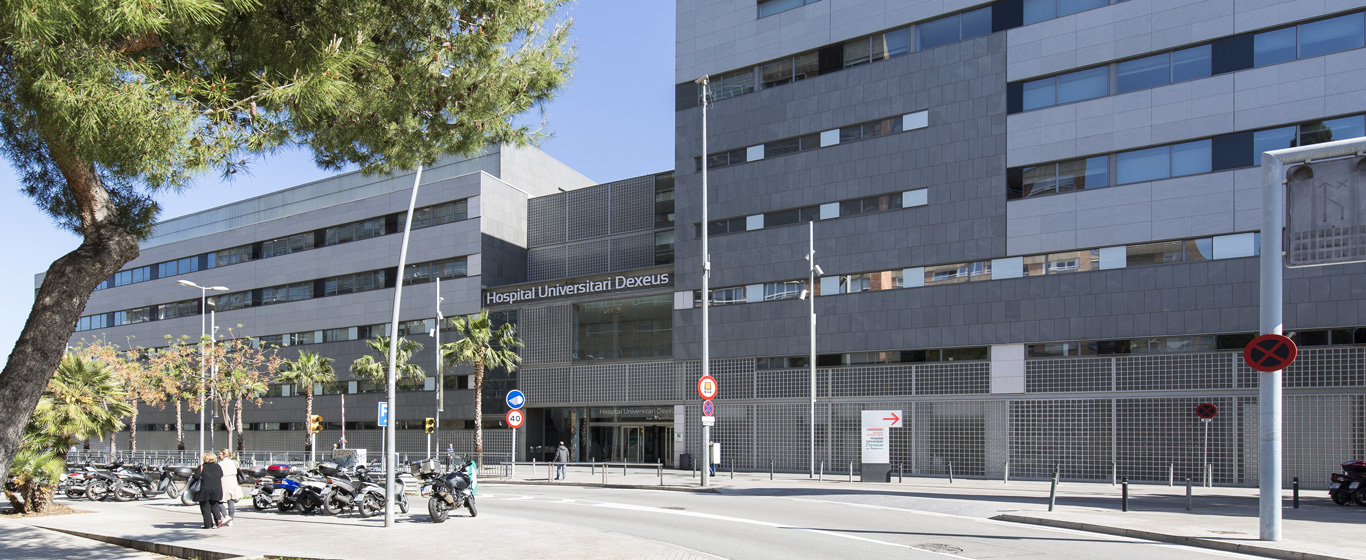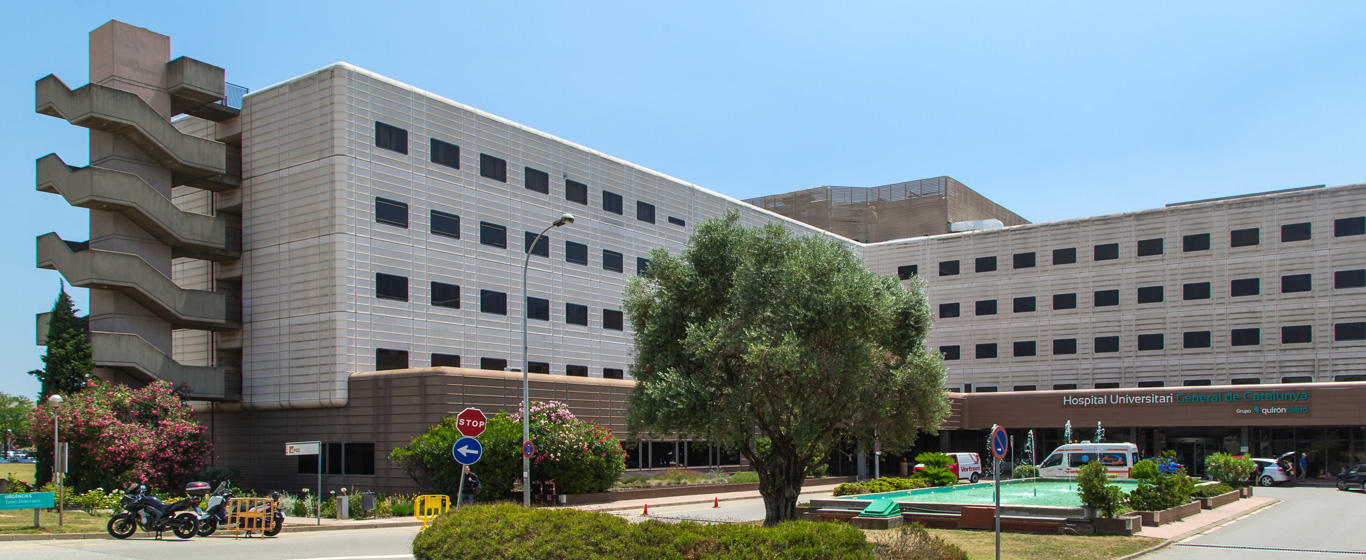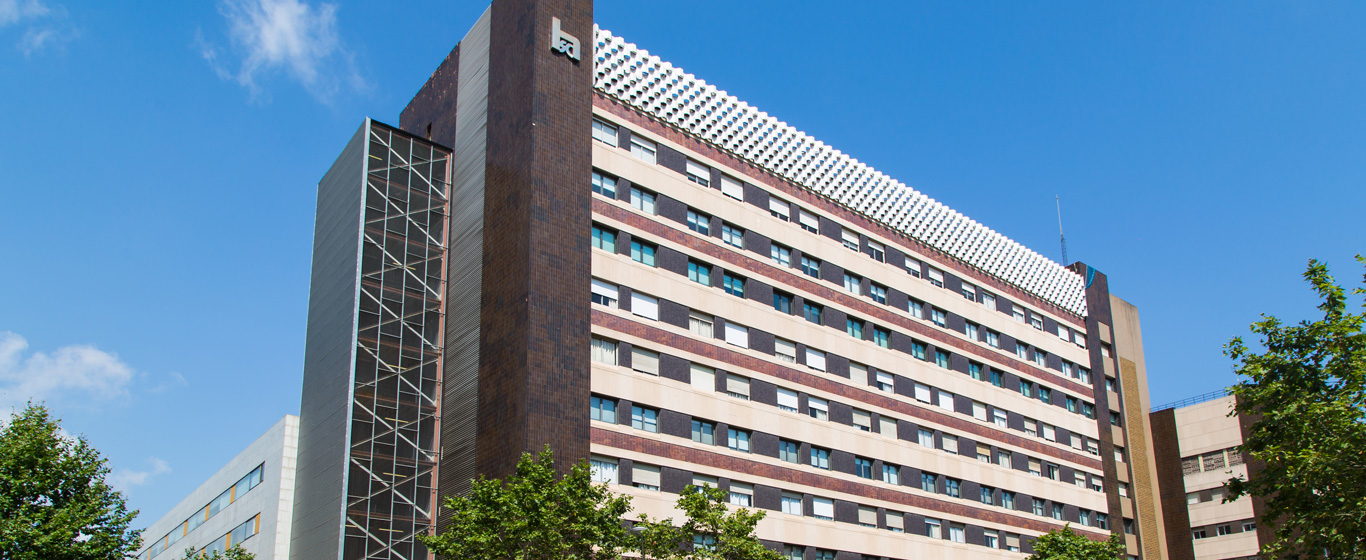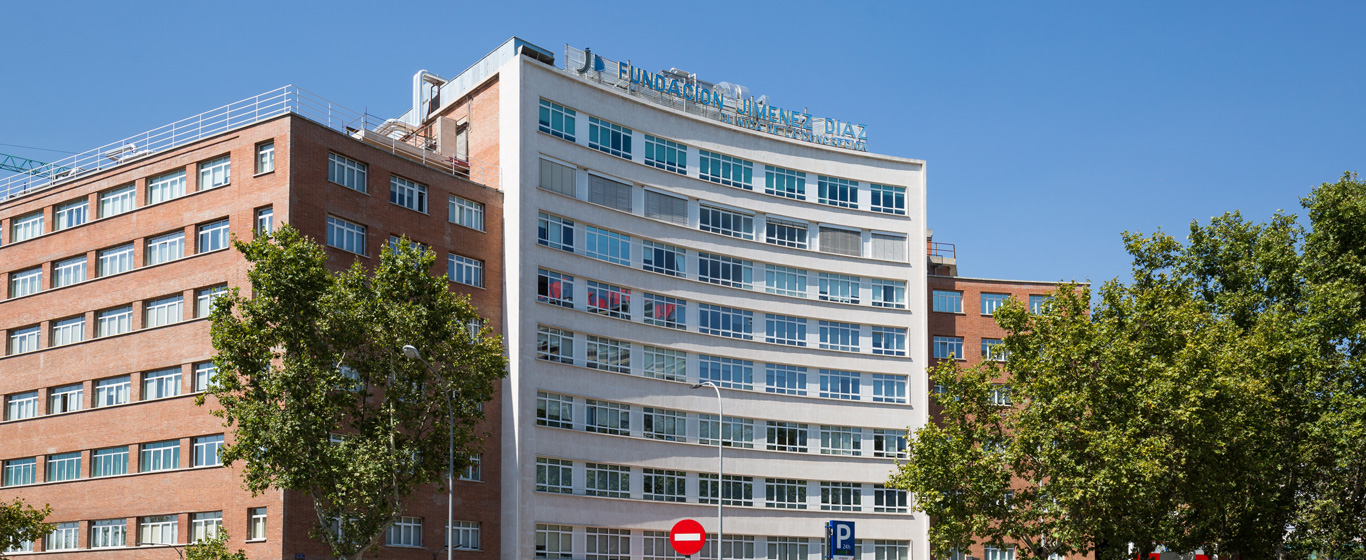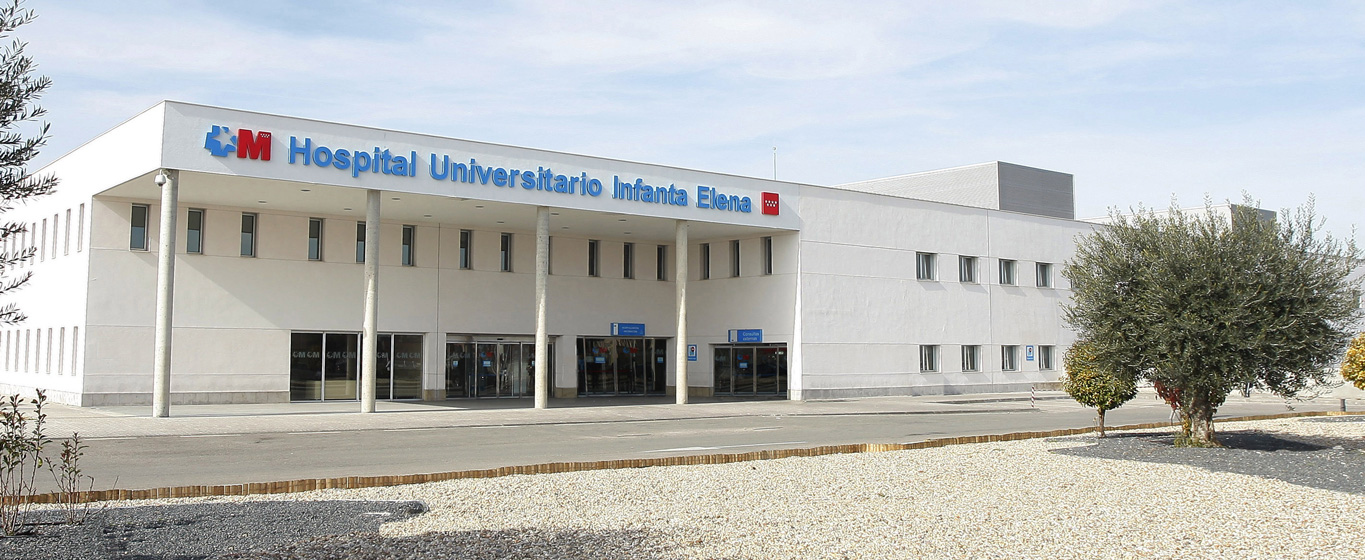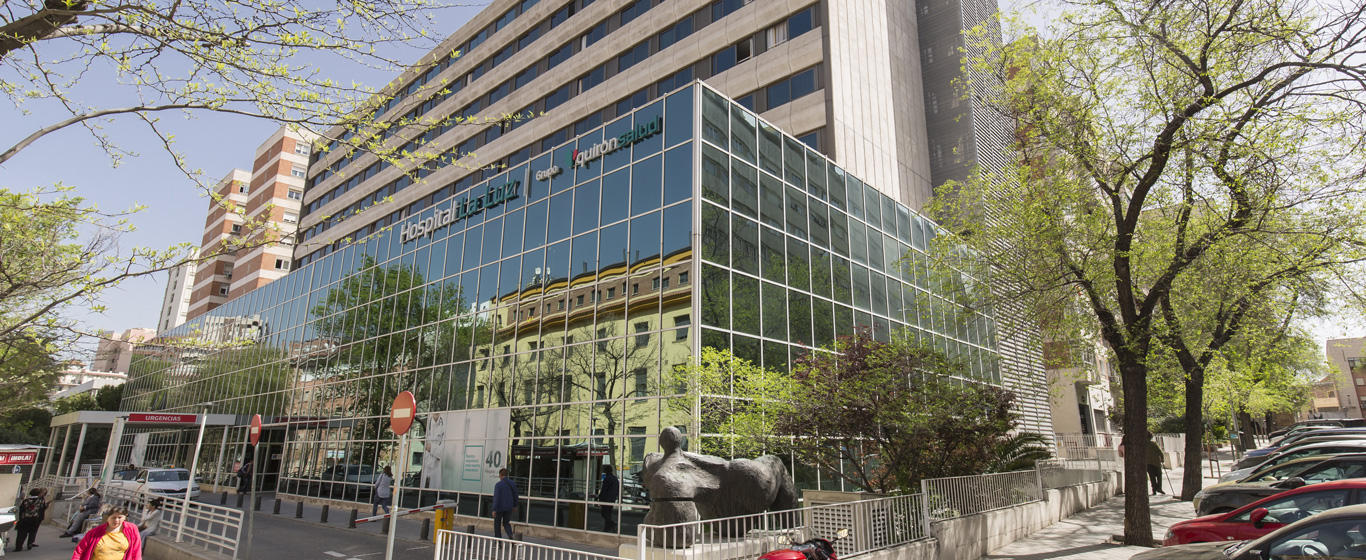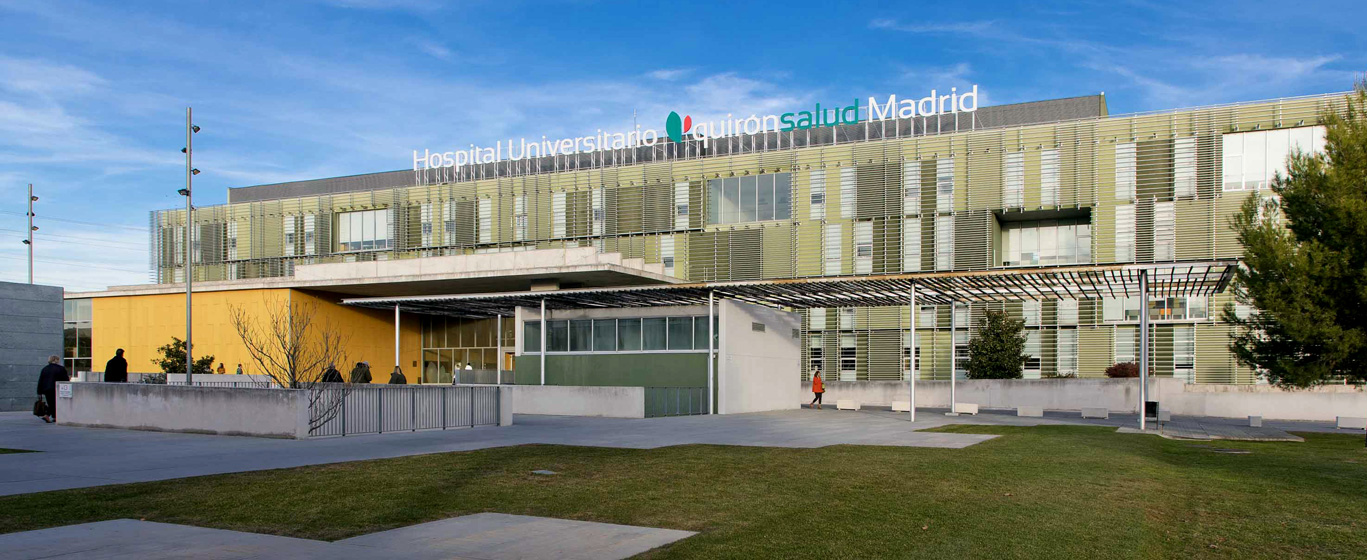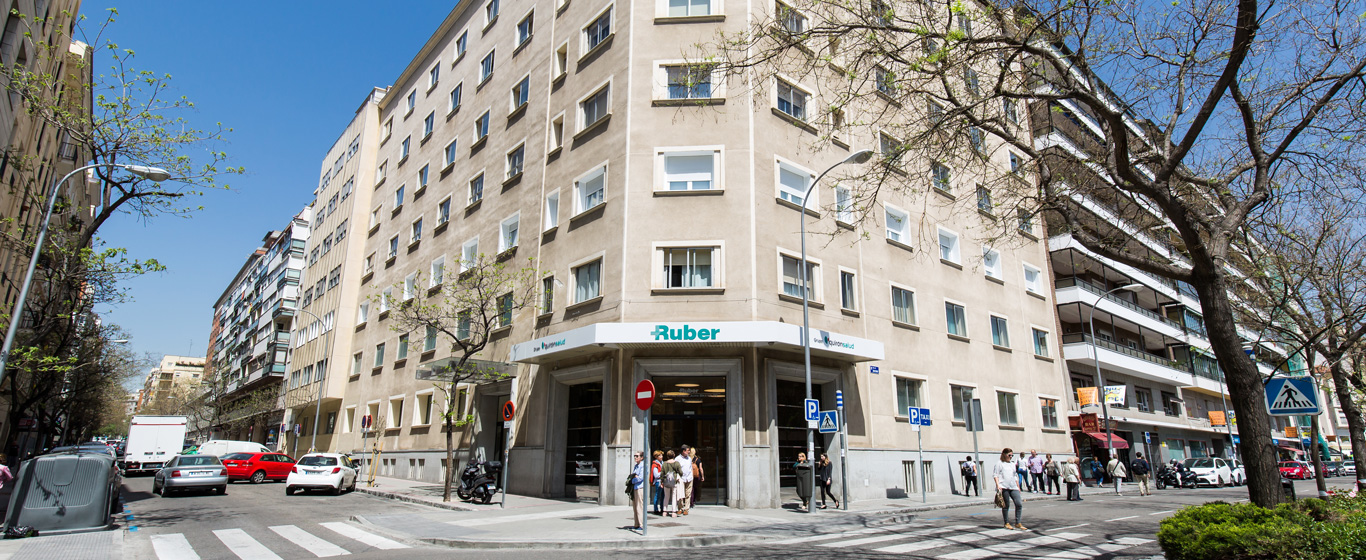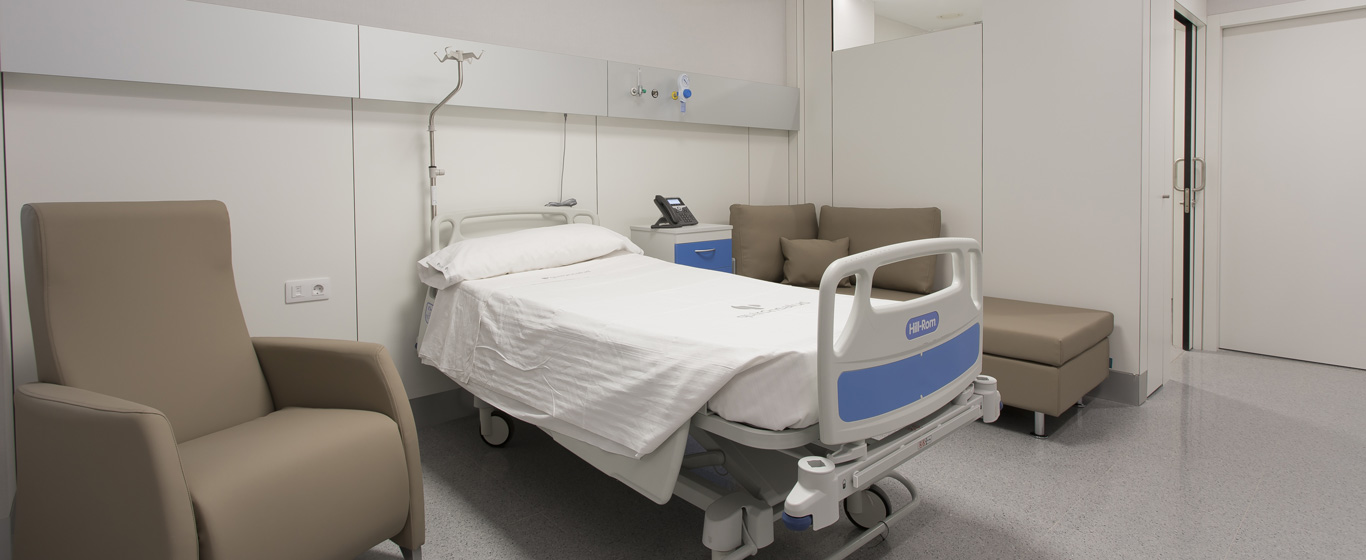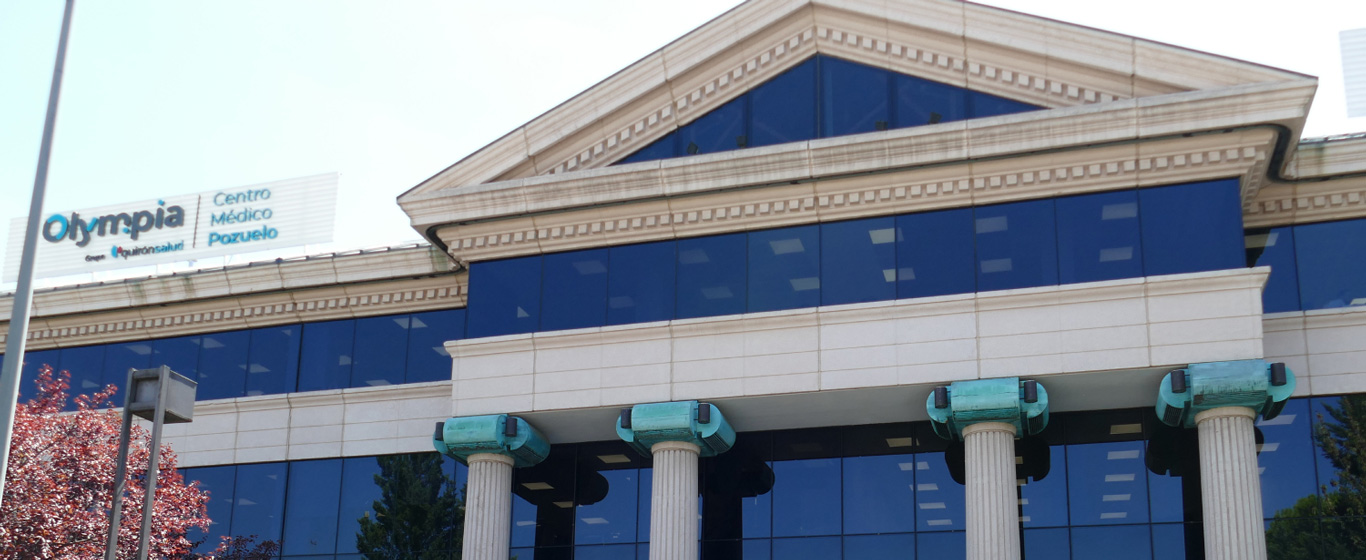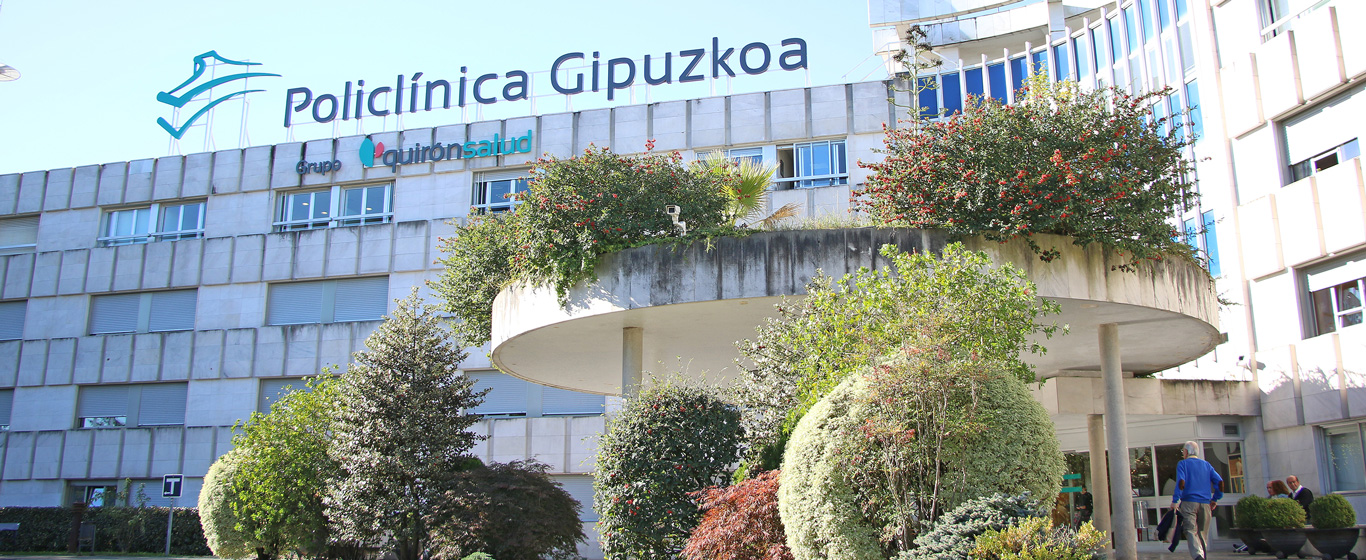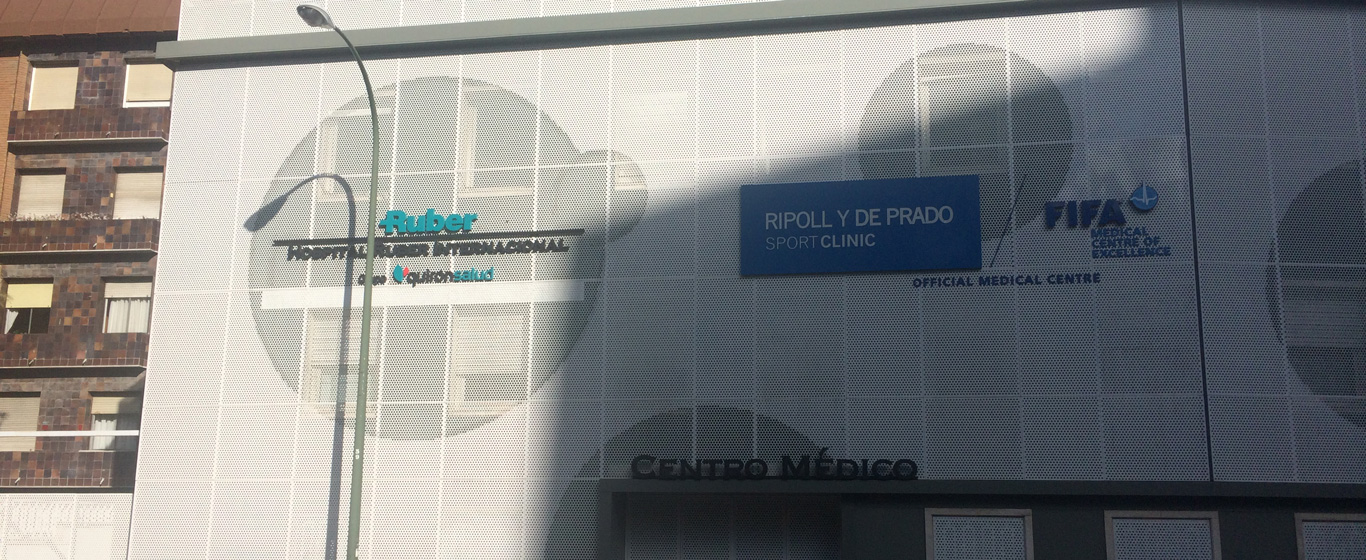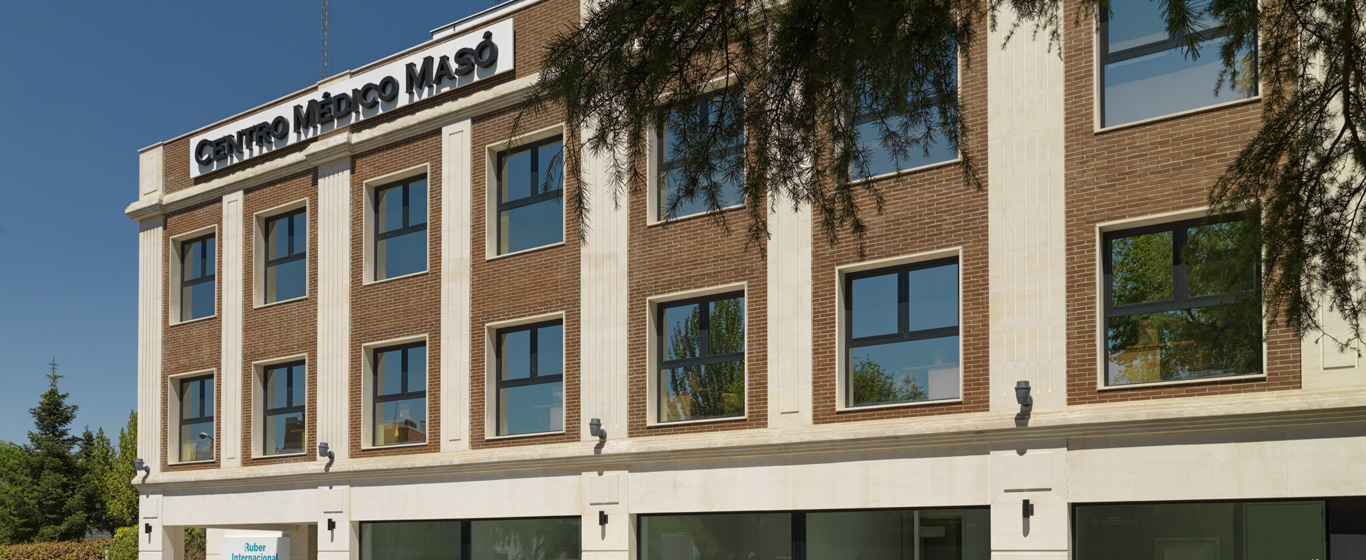Morton’s Neuroma
Can Morton’s neuroma go away completely? Discover all the information about its causes, symptoms, treatment options, and prognosis.
Symptoms and causes
Morton’s neuroma, also known as interdigital neuroma, is a benign compressive neuropathy caused by an abnormal thickening of the tissue surrounding one of the digital nerves in the foot. It typically results in pain, numbness, and burning sensations, most commonly between the third and fourth toes.
Although fibrosis may occur in other locations, this intermetatarsal area is the most frequently affected. The condition can significantly reduce quality of life, as symptoms are exacerbated by weight-bearing activities, such as standing or walking.
Symptoms
The most common symptoms of Morton’s neuroma include:
- Sharp or burning pain in the ball of the foot, often described as the feeling of "having a pebble in the shoe"
- Burning sensation
- Numbness in the toes
- Tingling (paresthesia)
- Swelling in the affected area
Symptoms are usually intermittent in the early stages but may become constant if the underlying cause is not addressed.
Causes
Morton’s neuroma typically results from chronic irritation or compression of a plantar nerve. The most common contributing factors include:
- Wearing tight or high-heeled footwear
- Foot deformities, such as claw toes, bunions, or flat feet
- Overweight or obesity
- High-impact sports involving repetitive stress to the forefoot (e.g., running, jumping, dancing)
- Foot trauma or injury
Risk Factors
Risk factors are closely related to the underlying causes:
- Inappropriate footwear (narrow toe box, high heels)
- Participation in sports involving:
- Jumping
- Tiptoe positions (e.g., ballet, boxing, parkour, basketball, long/high/trampoline jumping)
- Extreme foot compression (e.g., skiing, climbing)
- Foot conditions: claw toes, flat feet, high arches, bunions
- Obesity
Complications
If left untreated, Morton’s neuroma can lead to:
- Chronic pain
- Permanent nerve damage or loss of sensation
Prevention
To reduce the risk of developing Morton’s neuroma, the following measures are recommended:
- Wear wide-toe, low-heeled shoes
- Maintain a healthy body weight
- Avoid high-impact sports when possible
- If participating in sports, perform foot-strengthening exercises and allocate time for warm-up and stretching
Which Specialist Treats Morton’s Neuroma?
Morton’s neuroma is typically managed by an orthopedic surgeon or traumatologist. Given its location on the sole of the foot, it may also be treated by a podiatrist. In more complex cases, a neurosurgeon or orthopedic surgeon may be involved to perform nerve decompression surgery.
Diagnosis
The diagnostic process for Morton’s neuroma usually involves:
- Medical history (anamnesis): assessing personal and family history and documenting symptoms
- Physical examination: palpating the sole to identify the exact pain location and reproduce symptoms
- Imaging studies:
- Ultrasound or MRI to evaluate soft tissue structures and visualize the neuroma
- X-rays may be ordered to rule out bone pathologies, although they do not show nerve tissue
Treatment
There are two main approaches to treating Morton’s neuroma:
Conservative Treatment (first-line approach):
- Lifestyle modifications: avoid triggering activities and improper footwear
- Orthopedic insoles to redistribute pressure away from the affected nerve
- Oral anti-inflammatory medication
- Corticosteroid injections into the affected nerve to reduce inflammation and pain
- Therapeutic massage to relax surrounding muscles and release tension
- Application of heat or cold to the area
- Electrical stimulation (TENS) for pain control
- Targeted physiotherapy exercises to strengthen the foot muscles and improve flexibility
Surgical Treatment (indicated if conservative therapy fails):
- Decompression surgery: involves cutting surrounding tissues to relieve nerve pressure
- Neurectomy: in severe cases, the thickened nerve tissue is surgically removed, which may result in permanent loss of sensation in the affected toes
In most cases, conservative treatment is effective, and the prognosis is favorable. Surgery is the only definitive cure and typically allows for rapid recovery, with patients resuming daily activities within a week. Return to sports activities may take longer and requires medical clearance.






